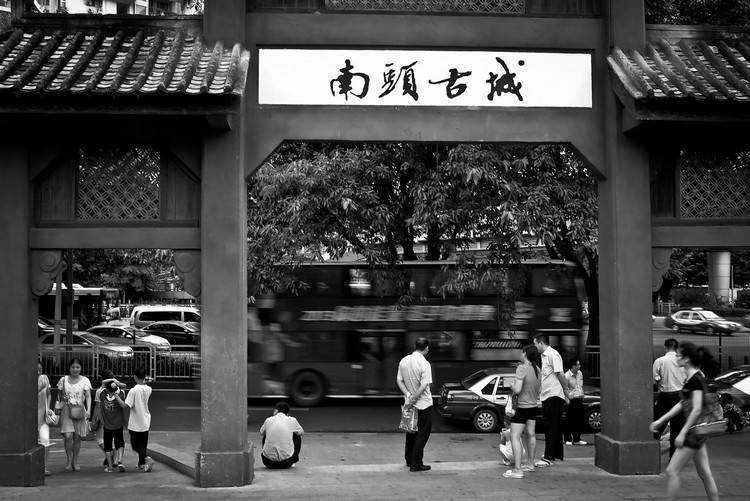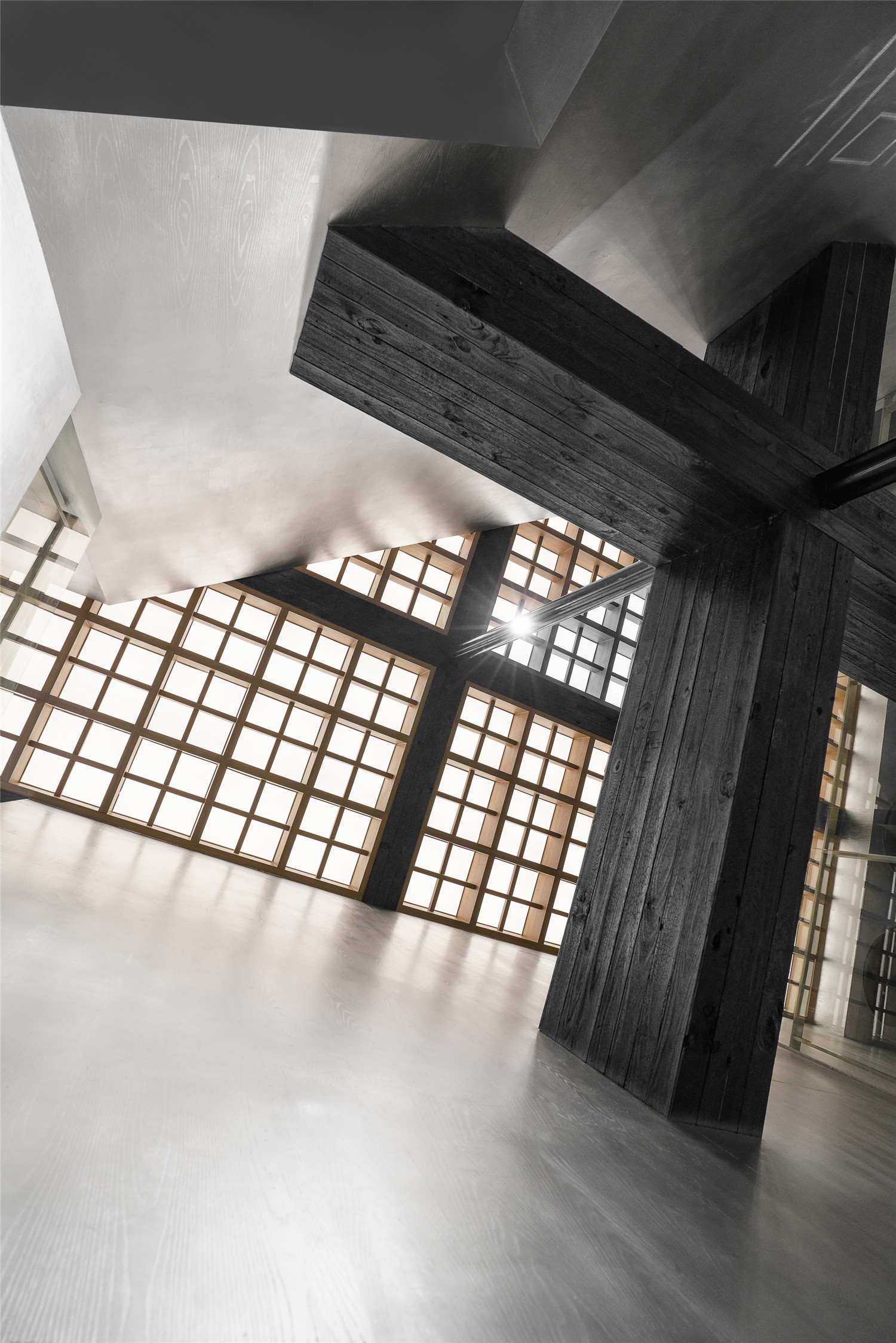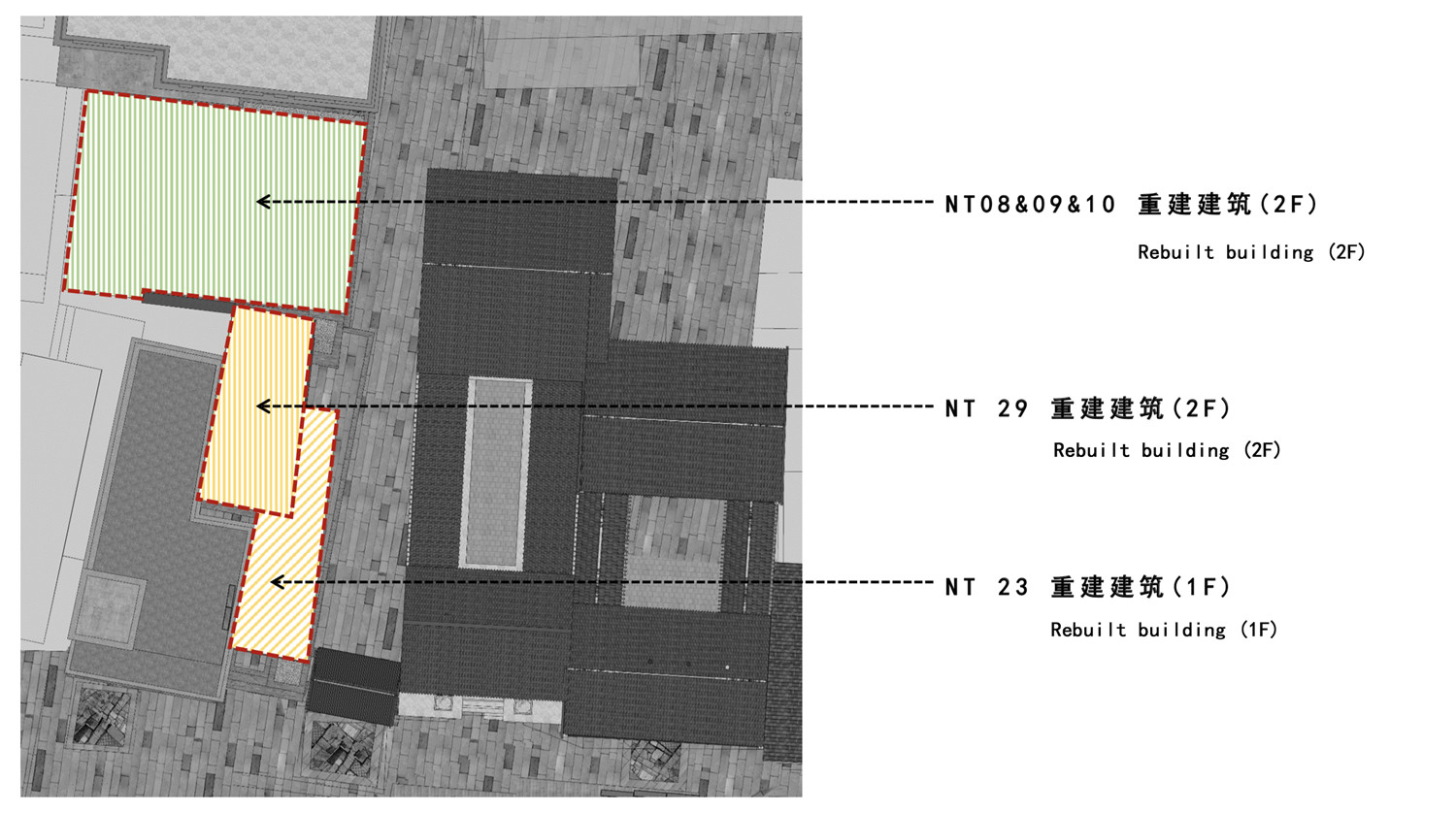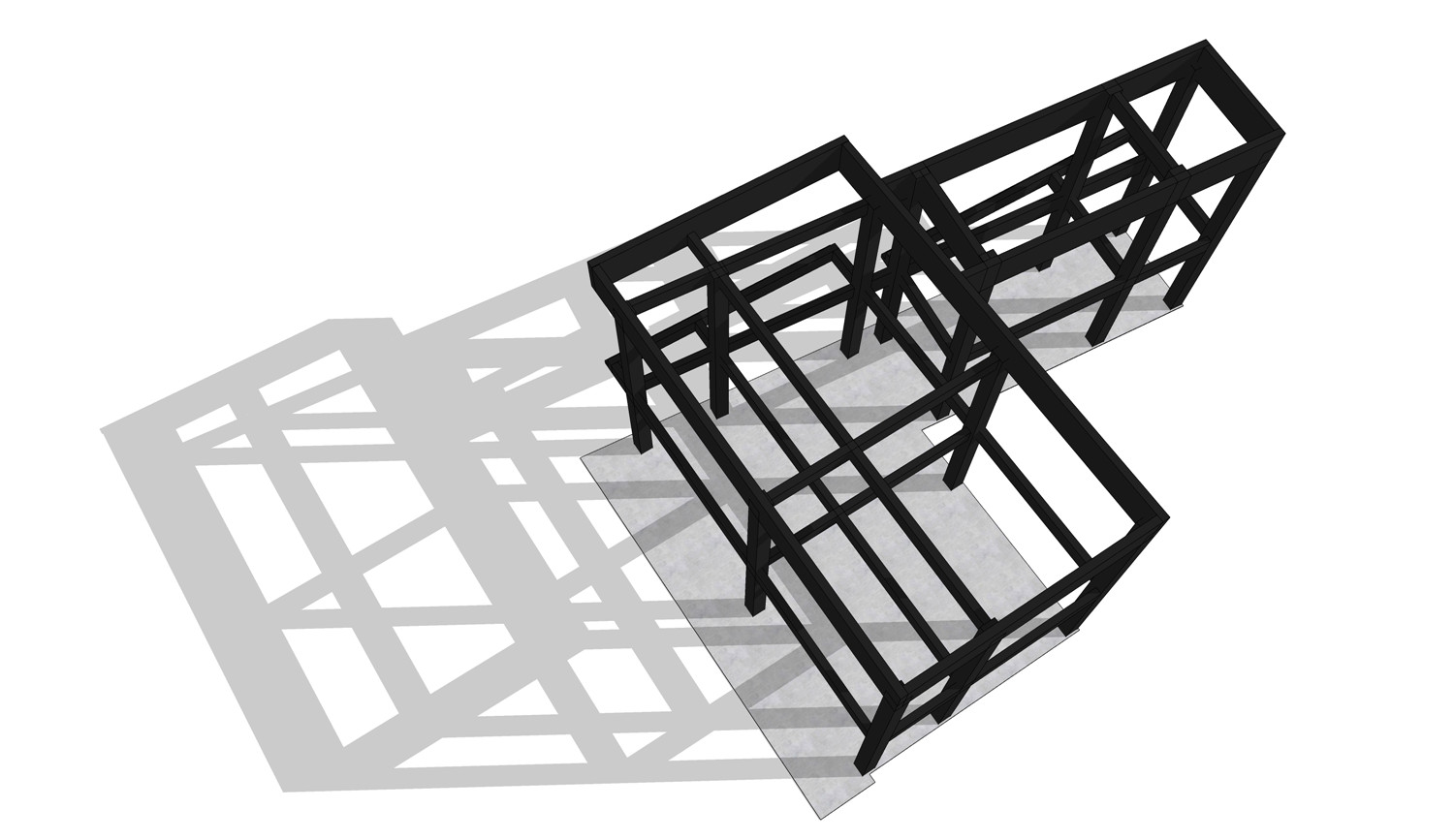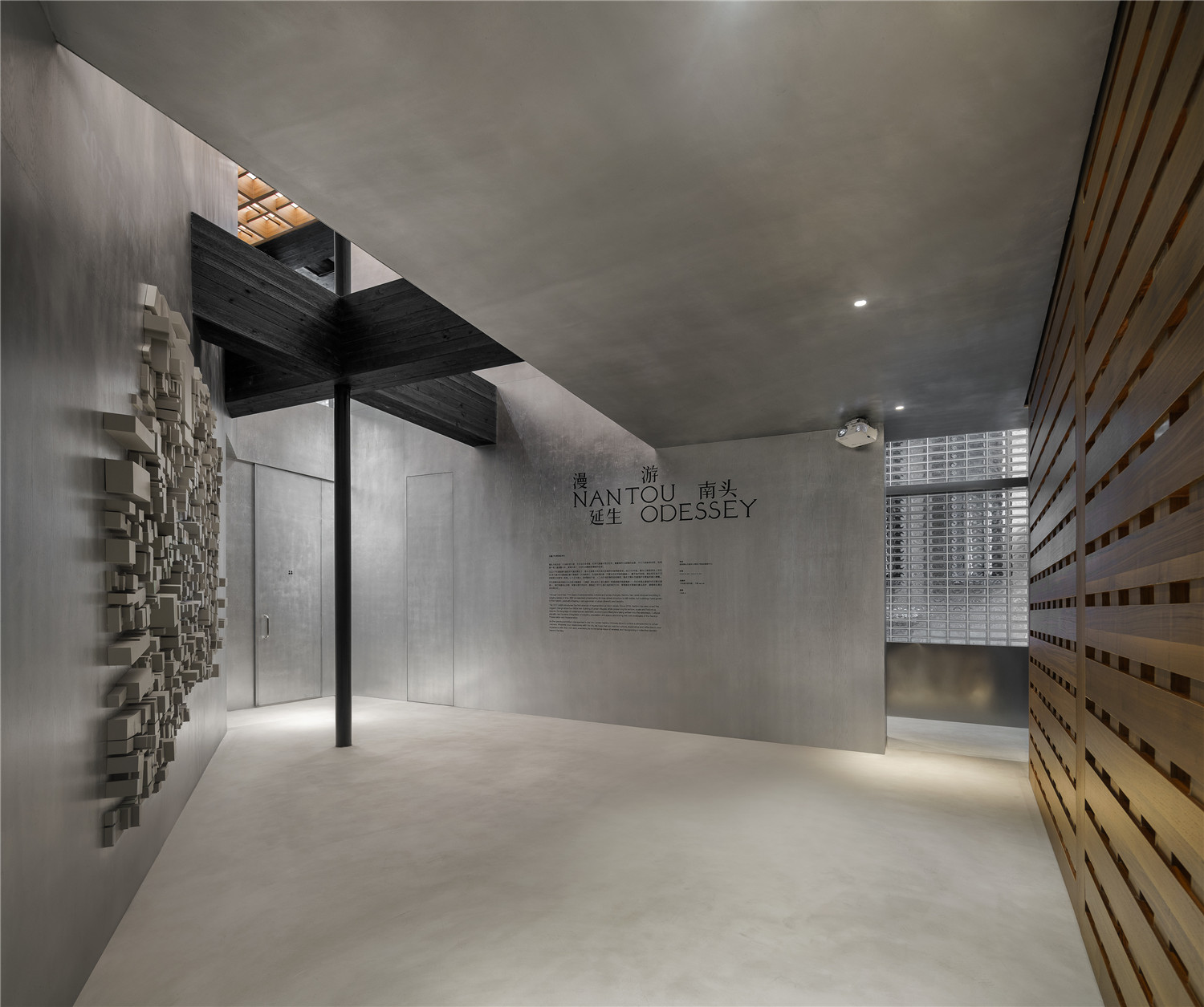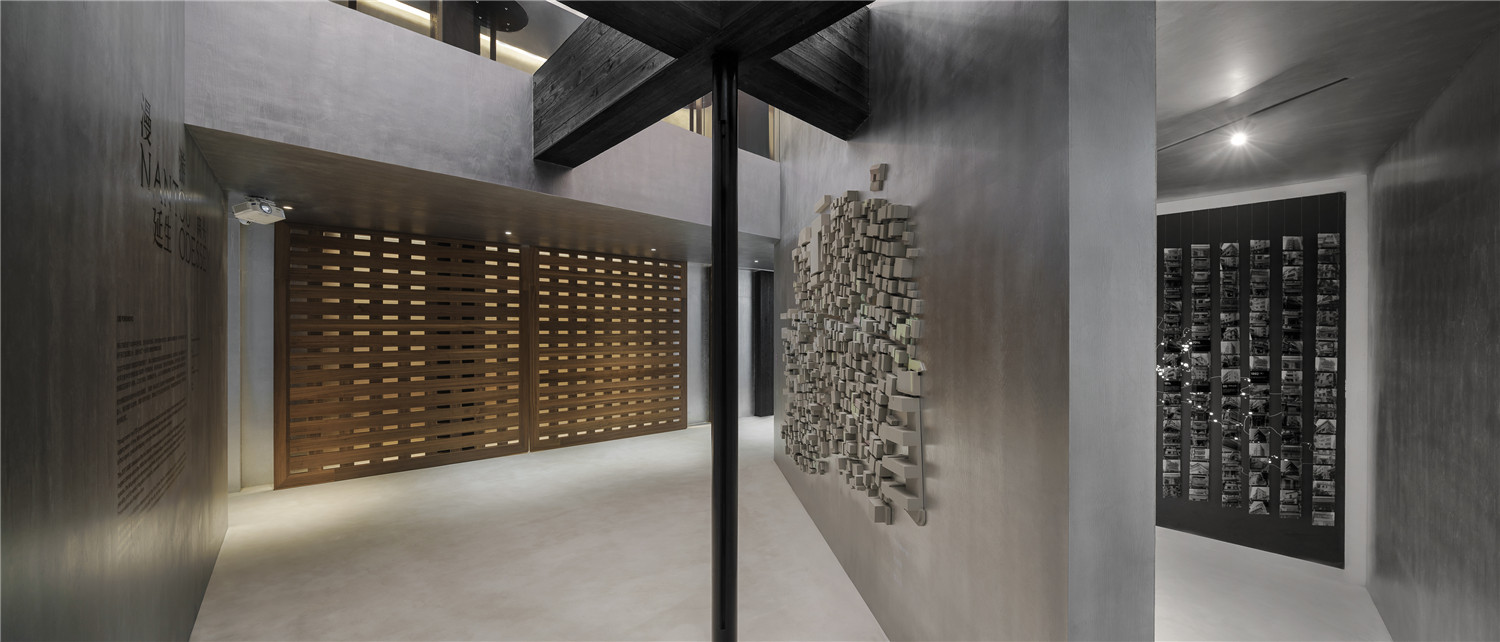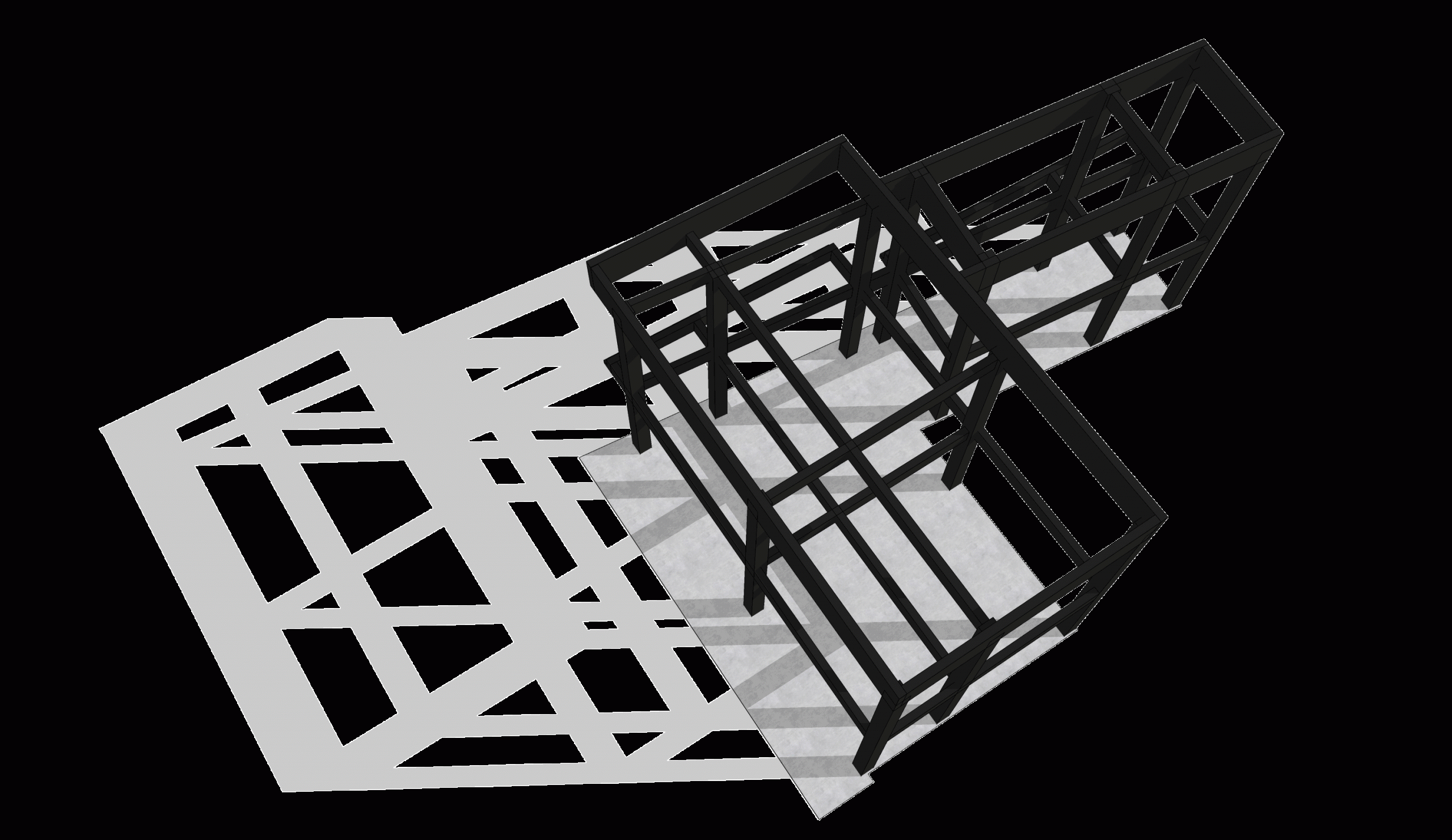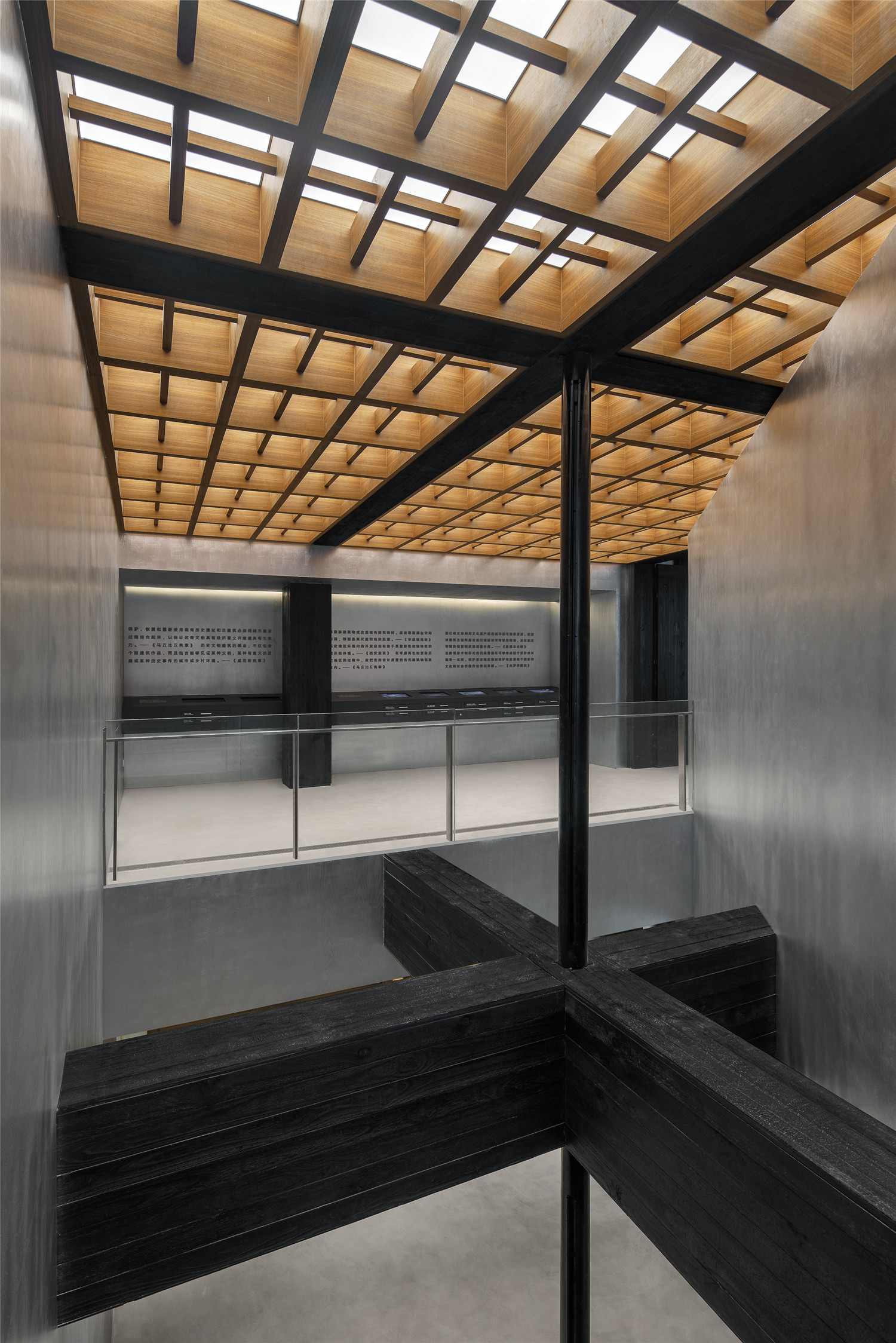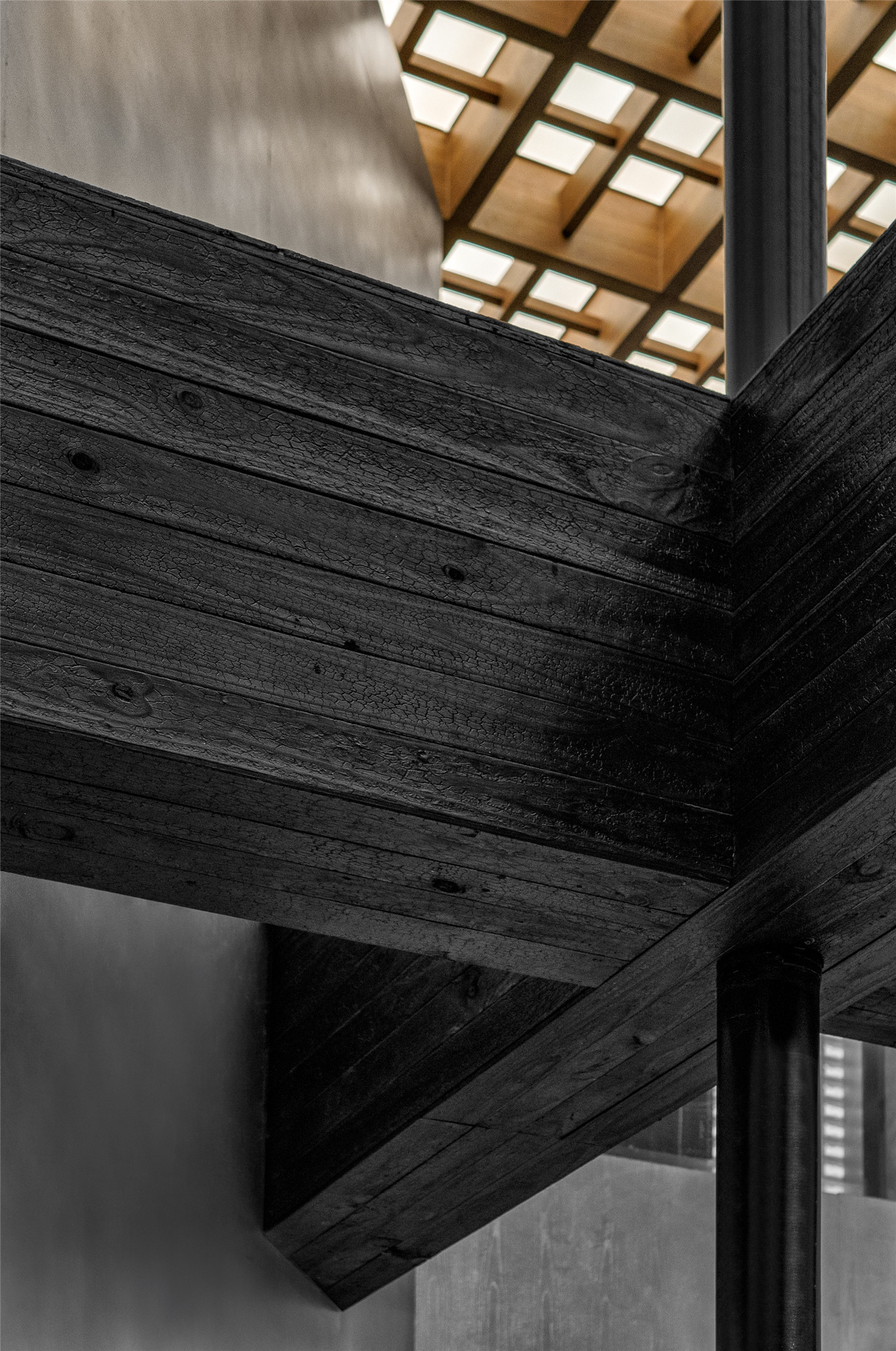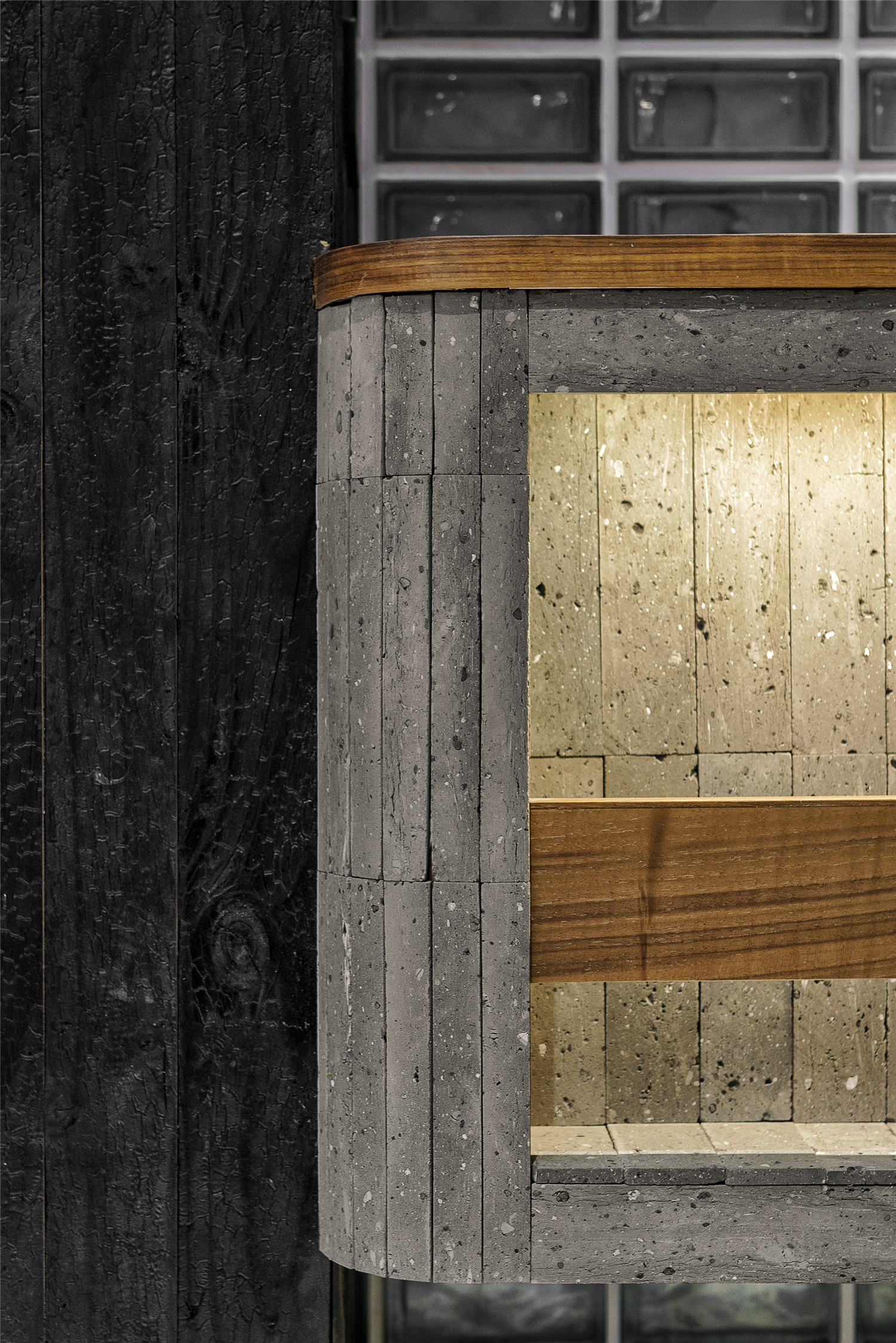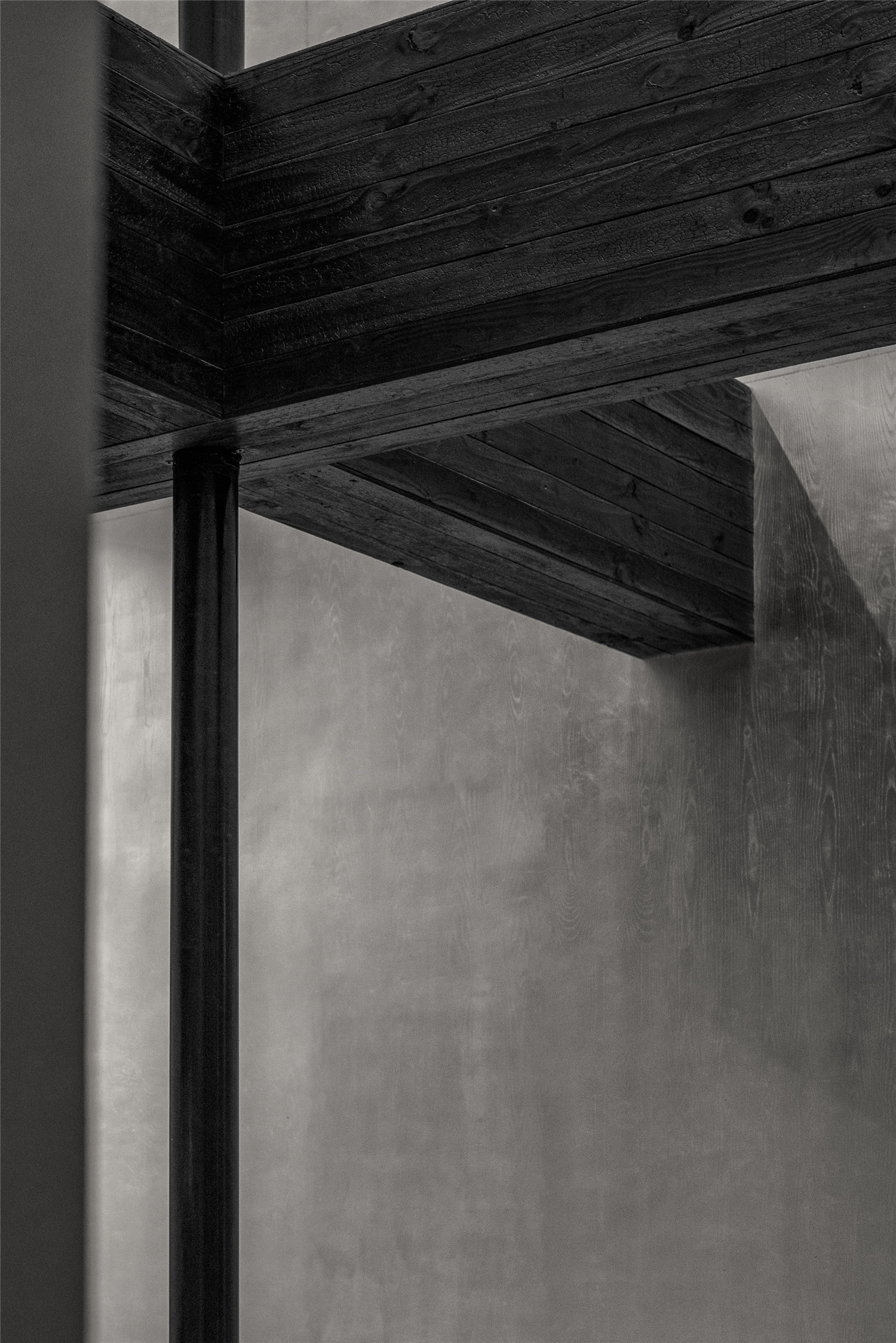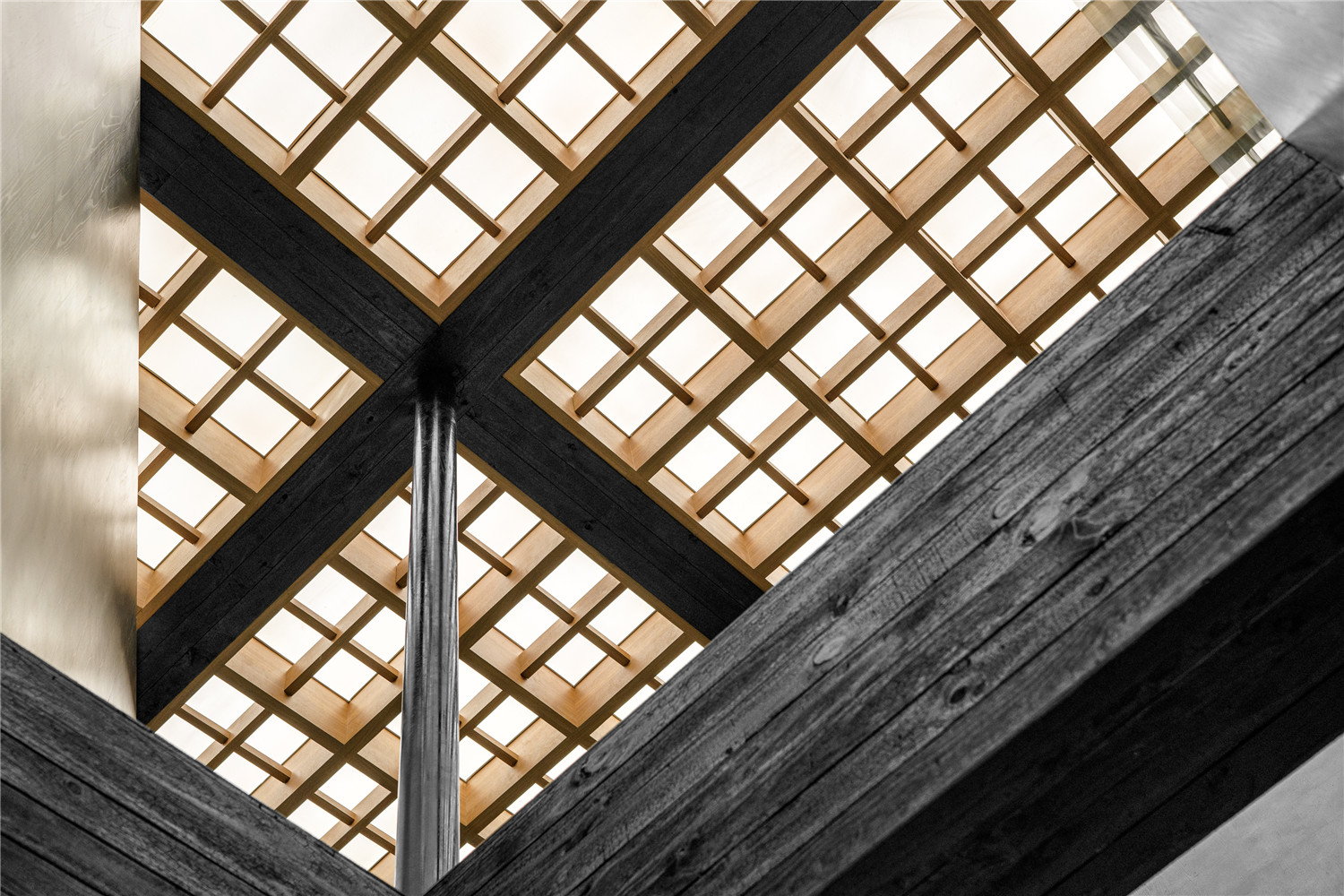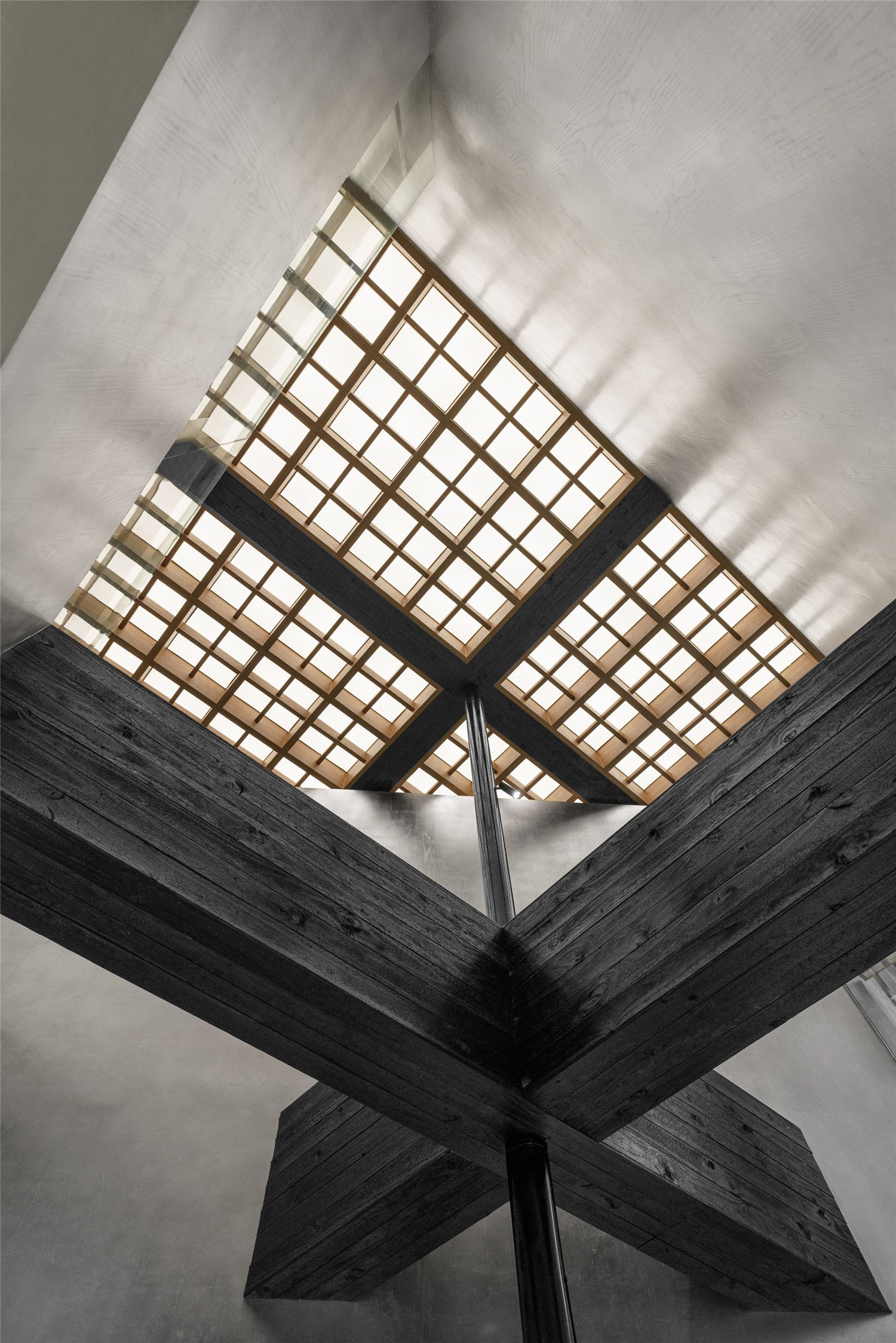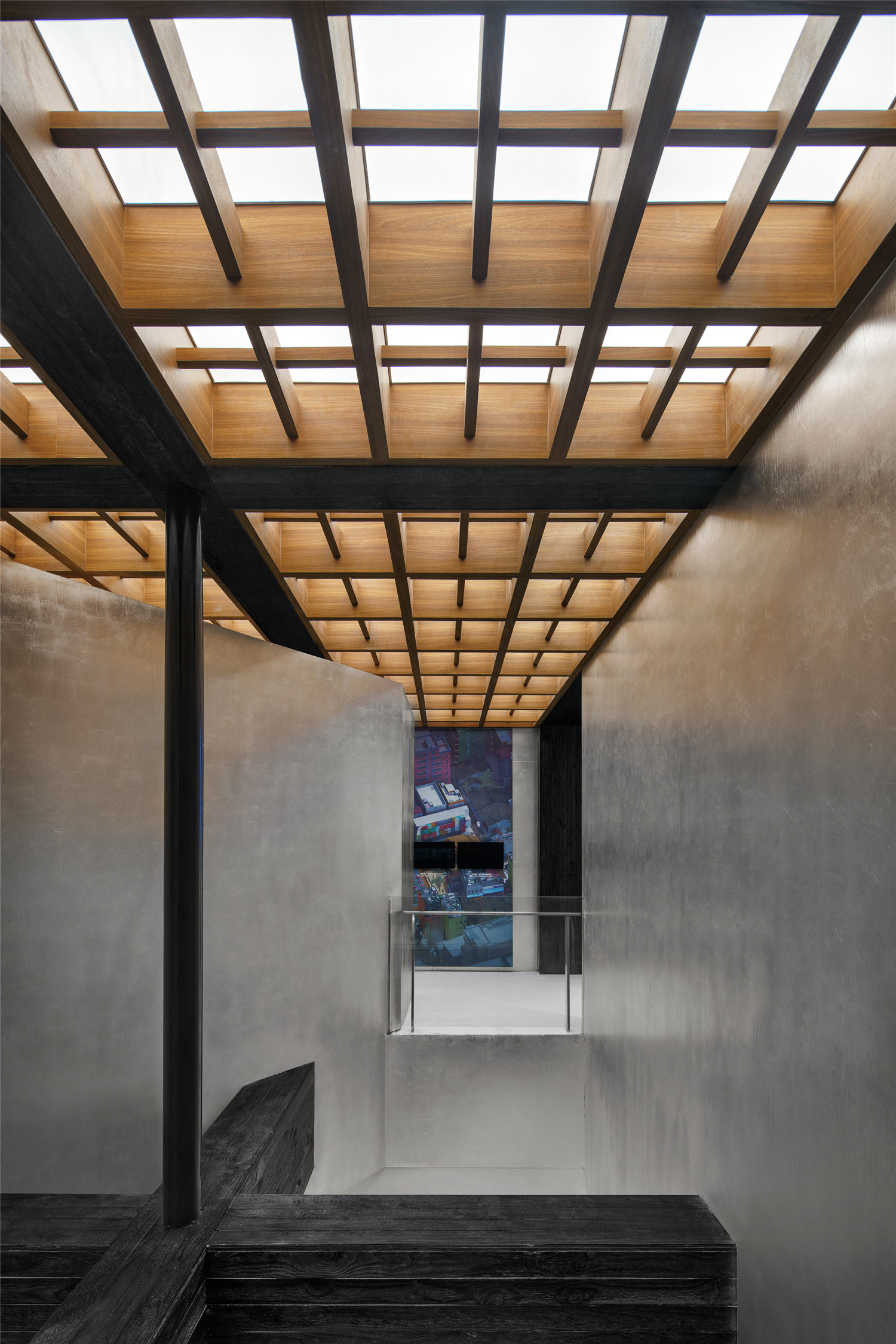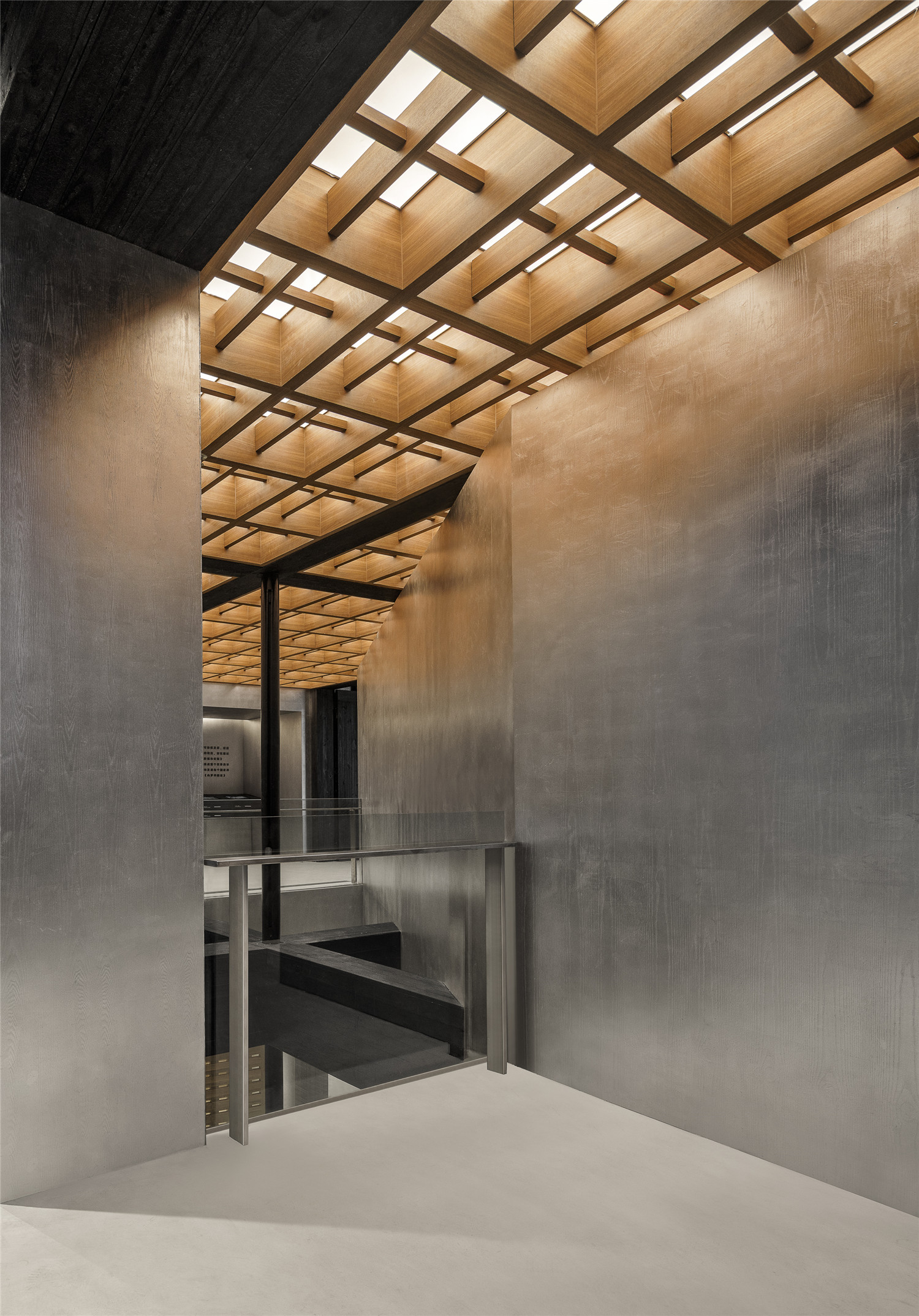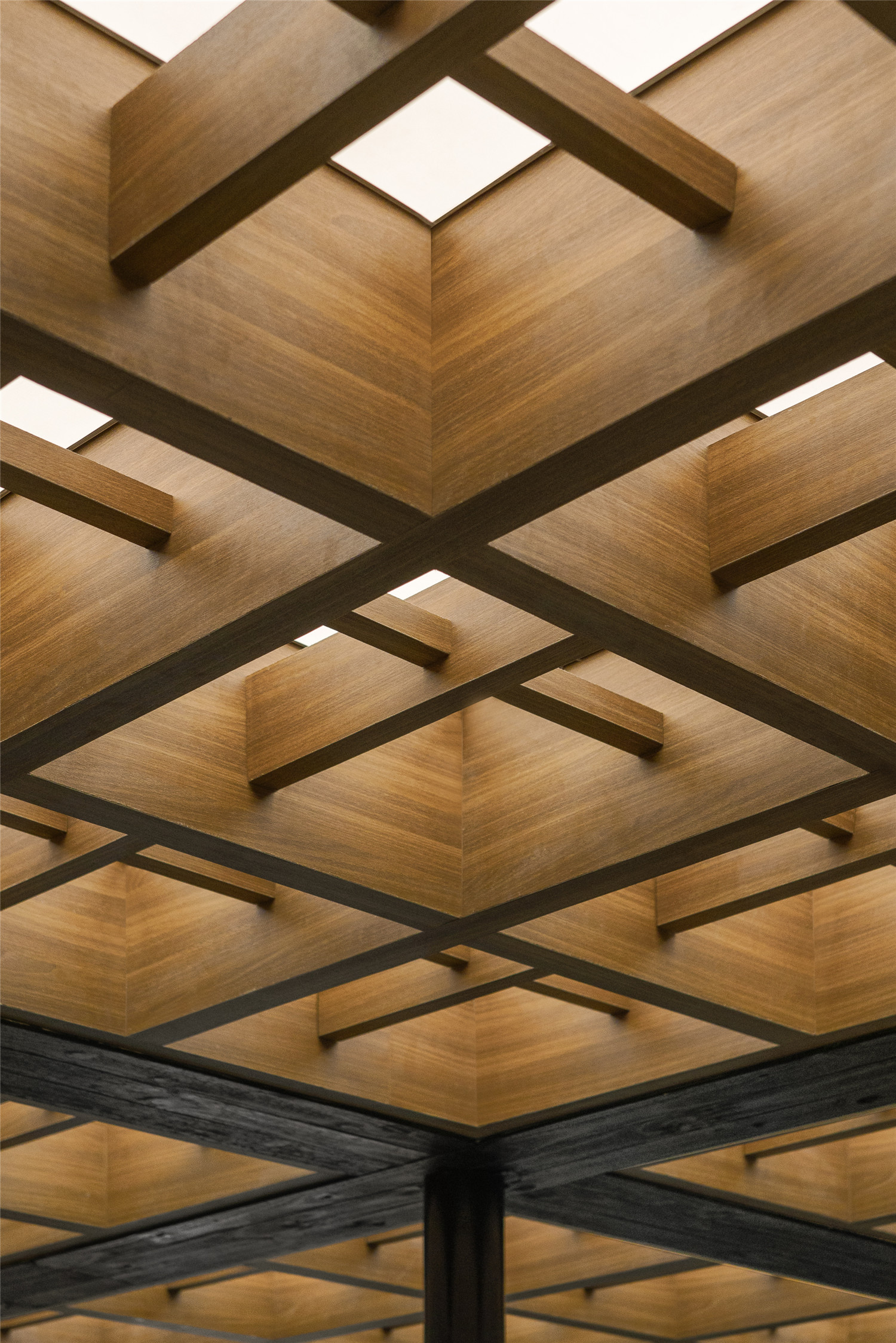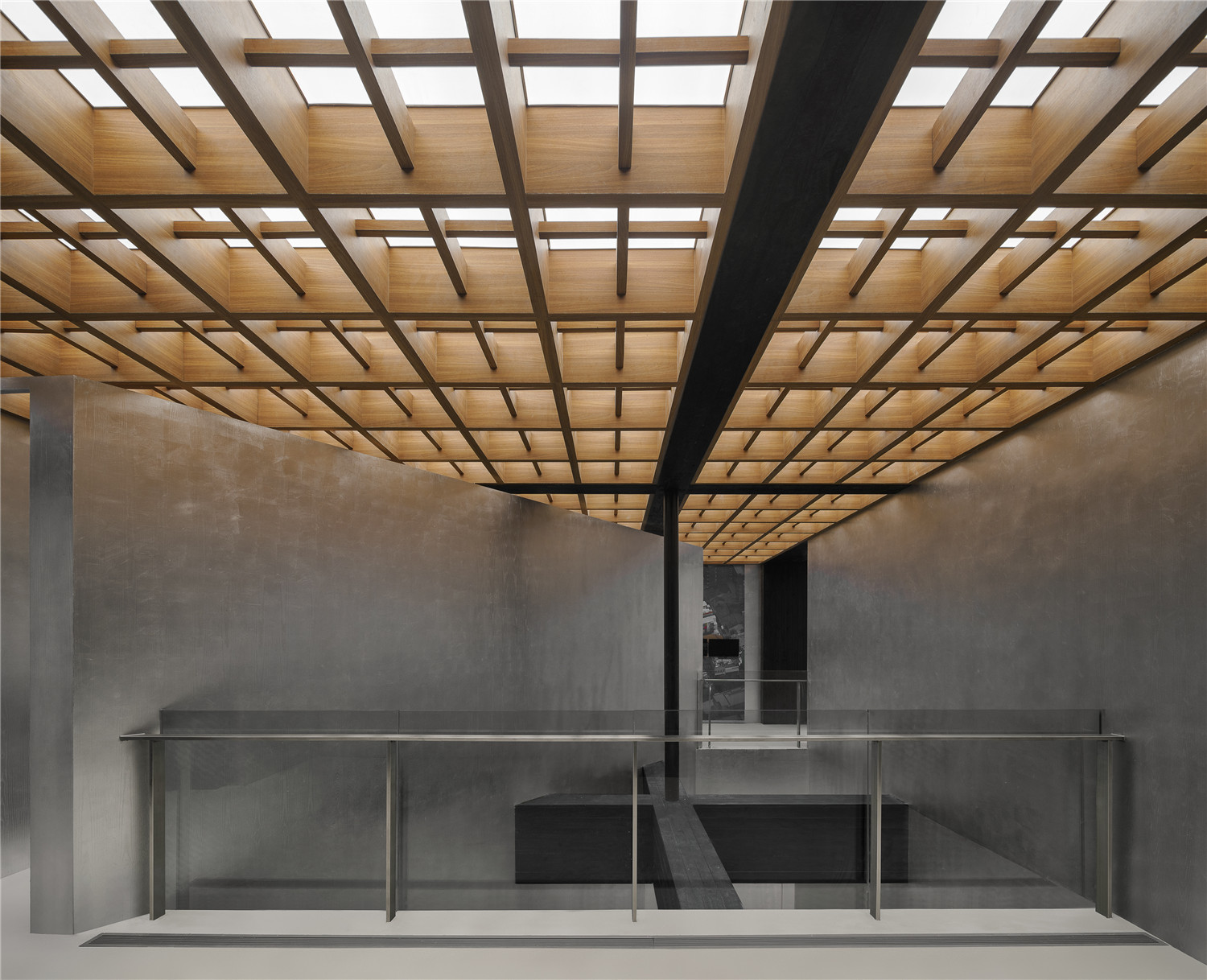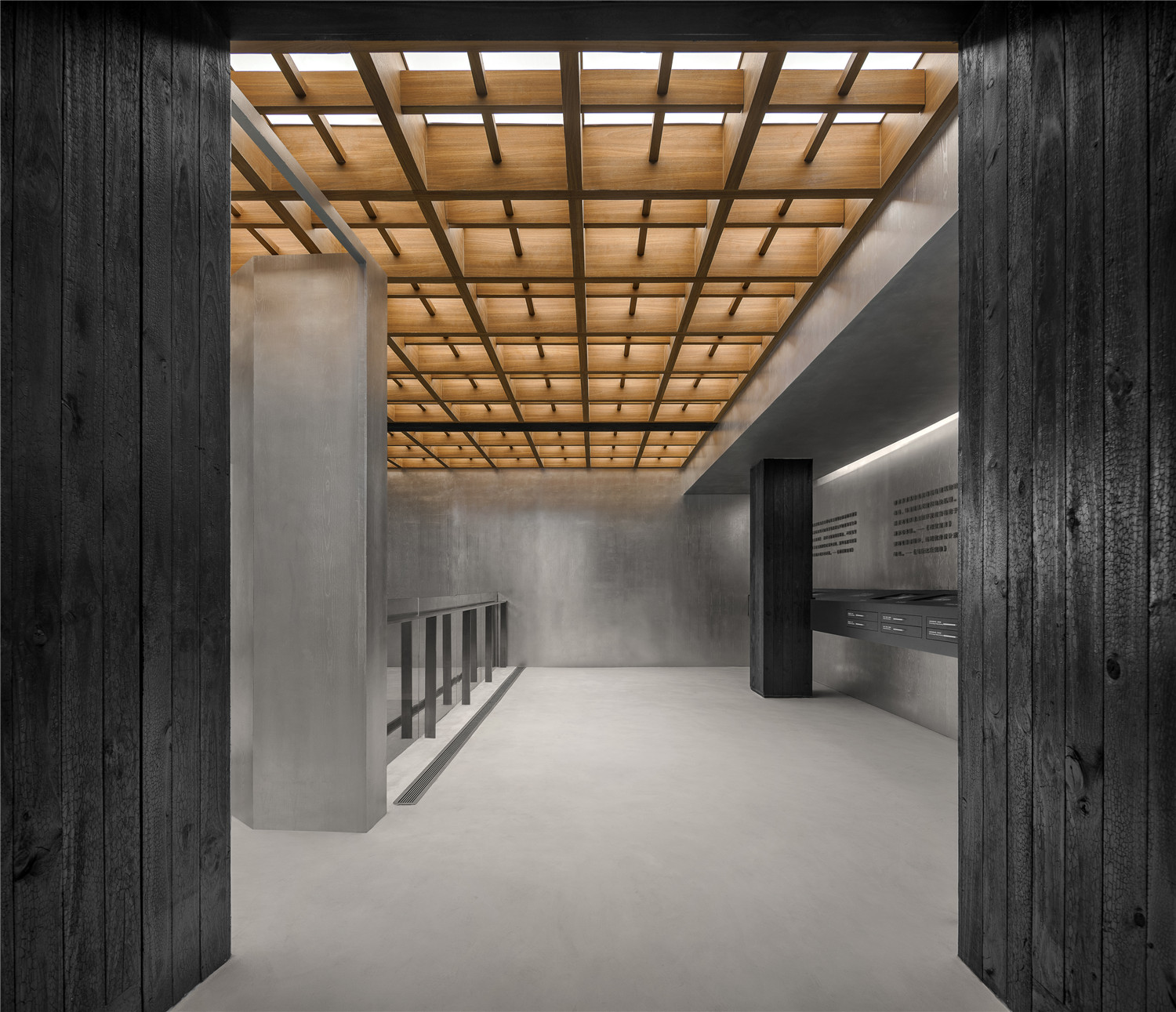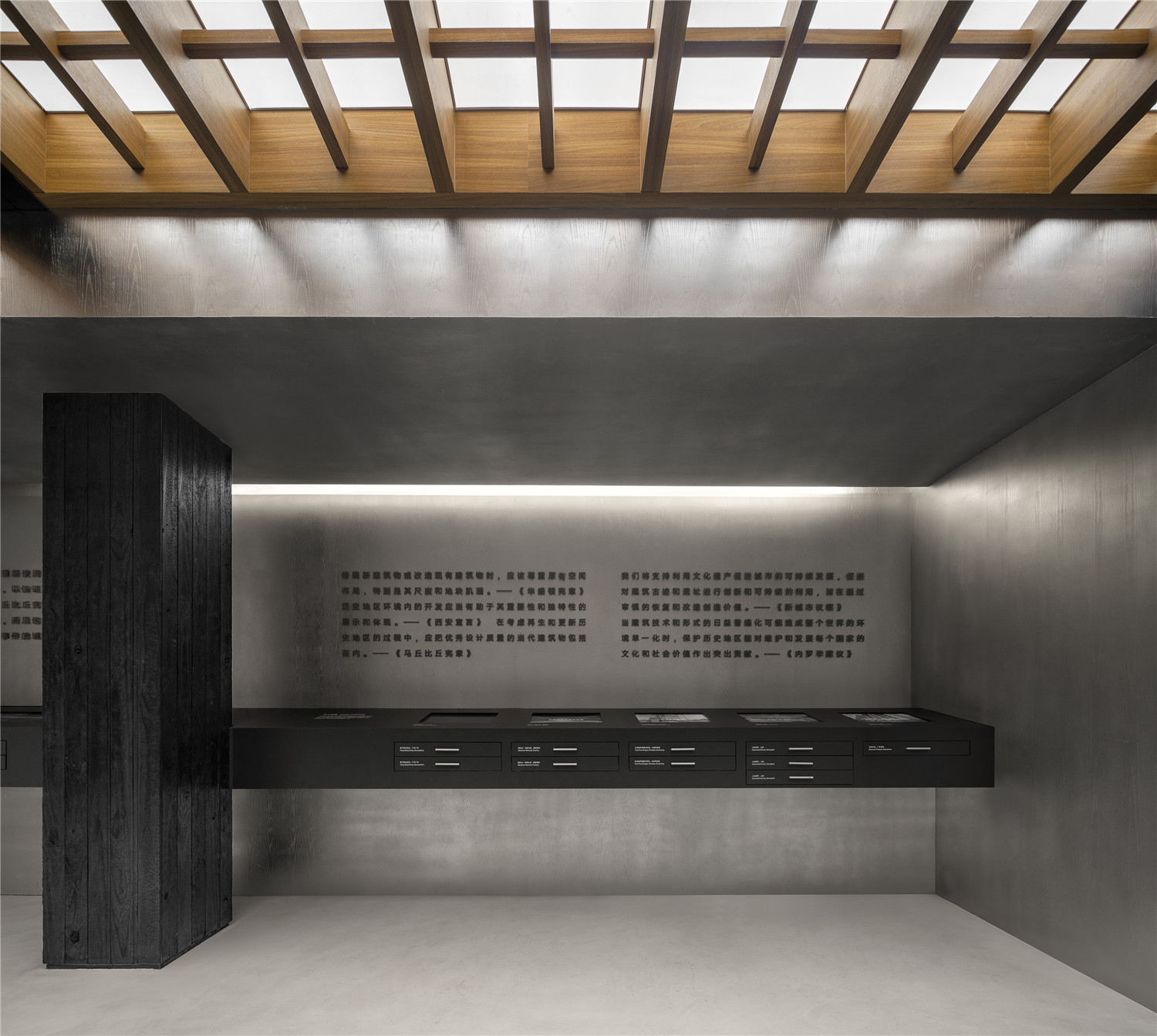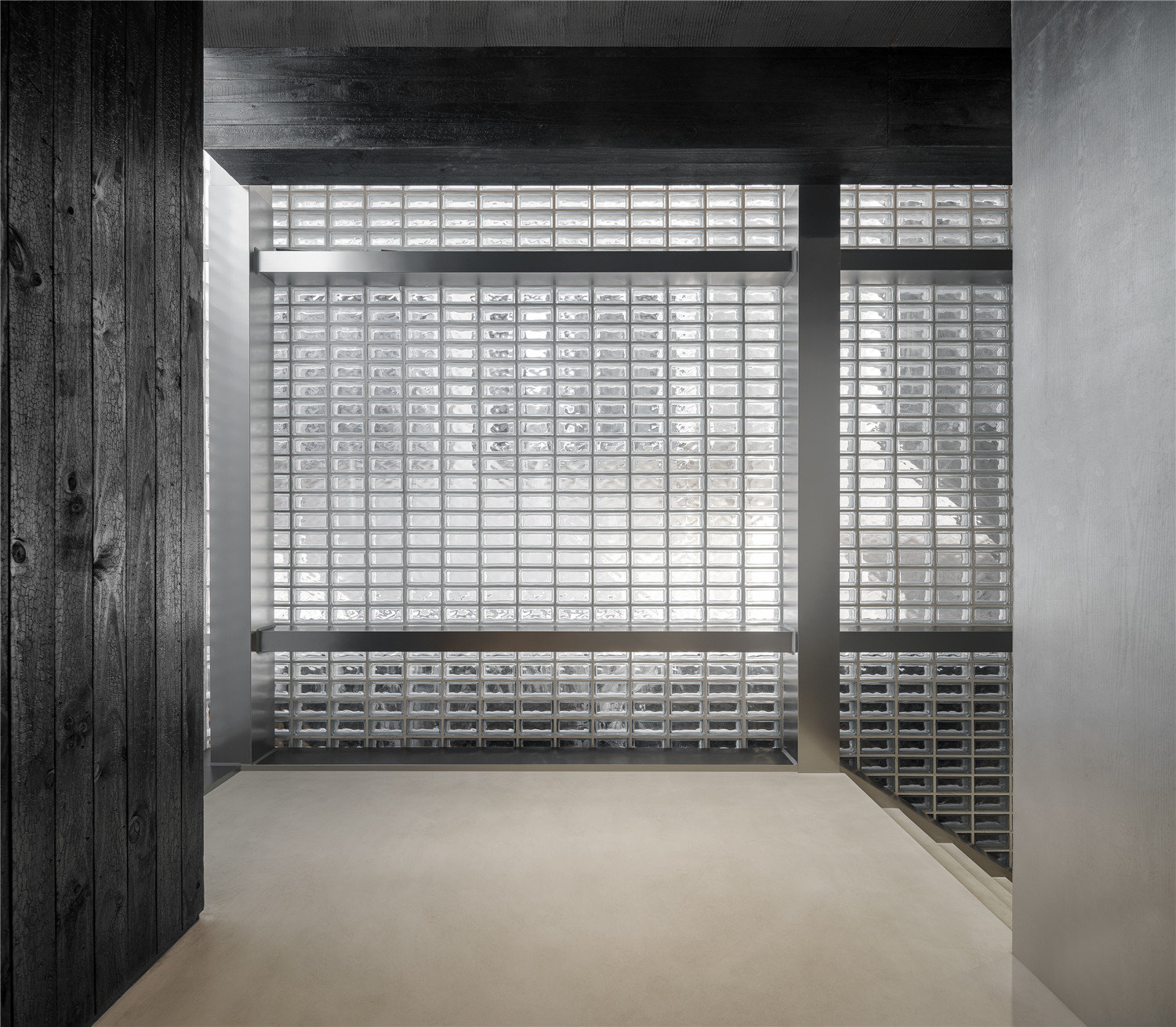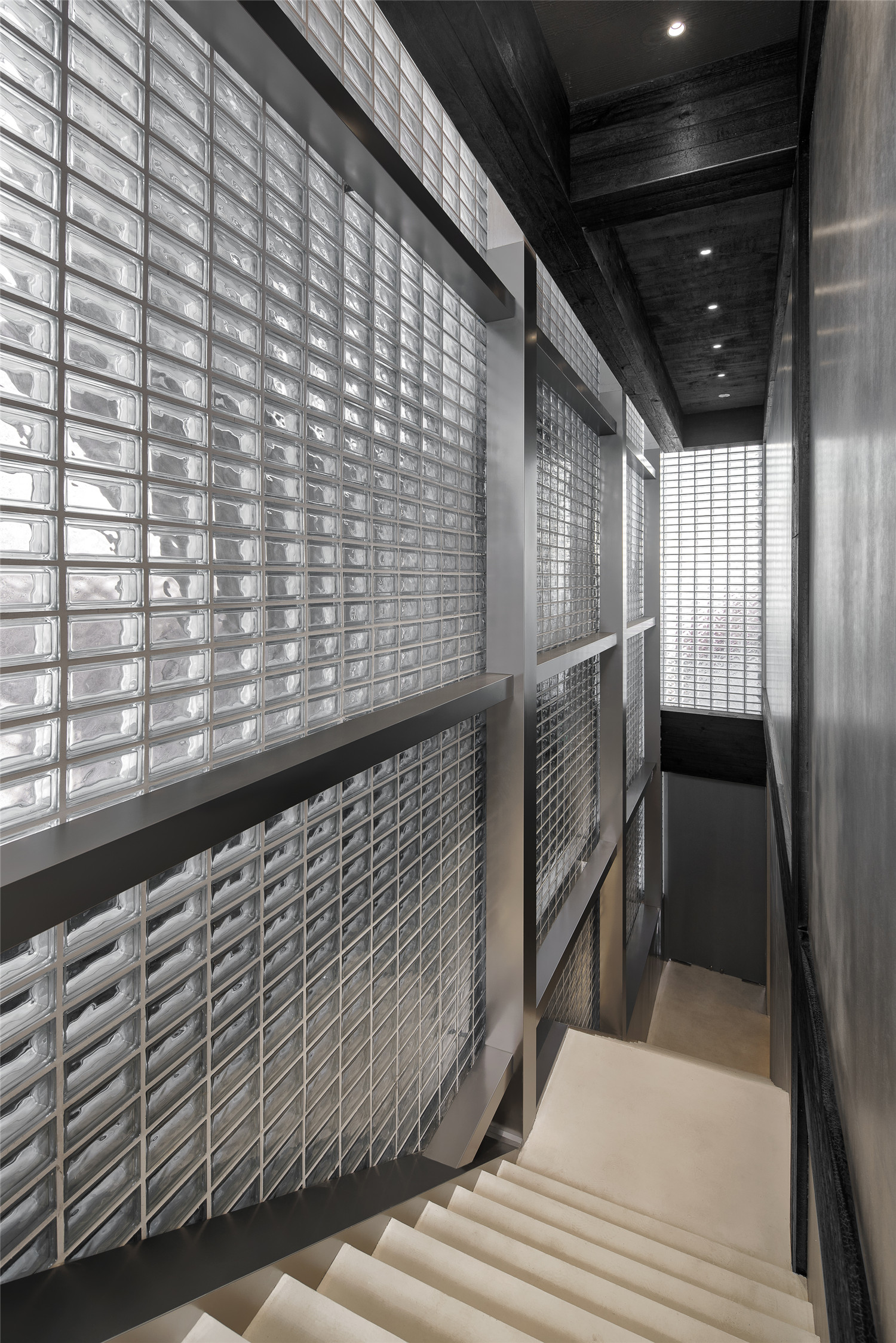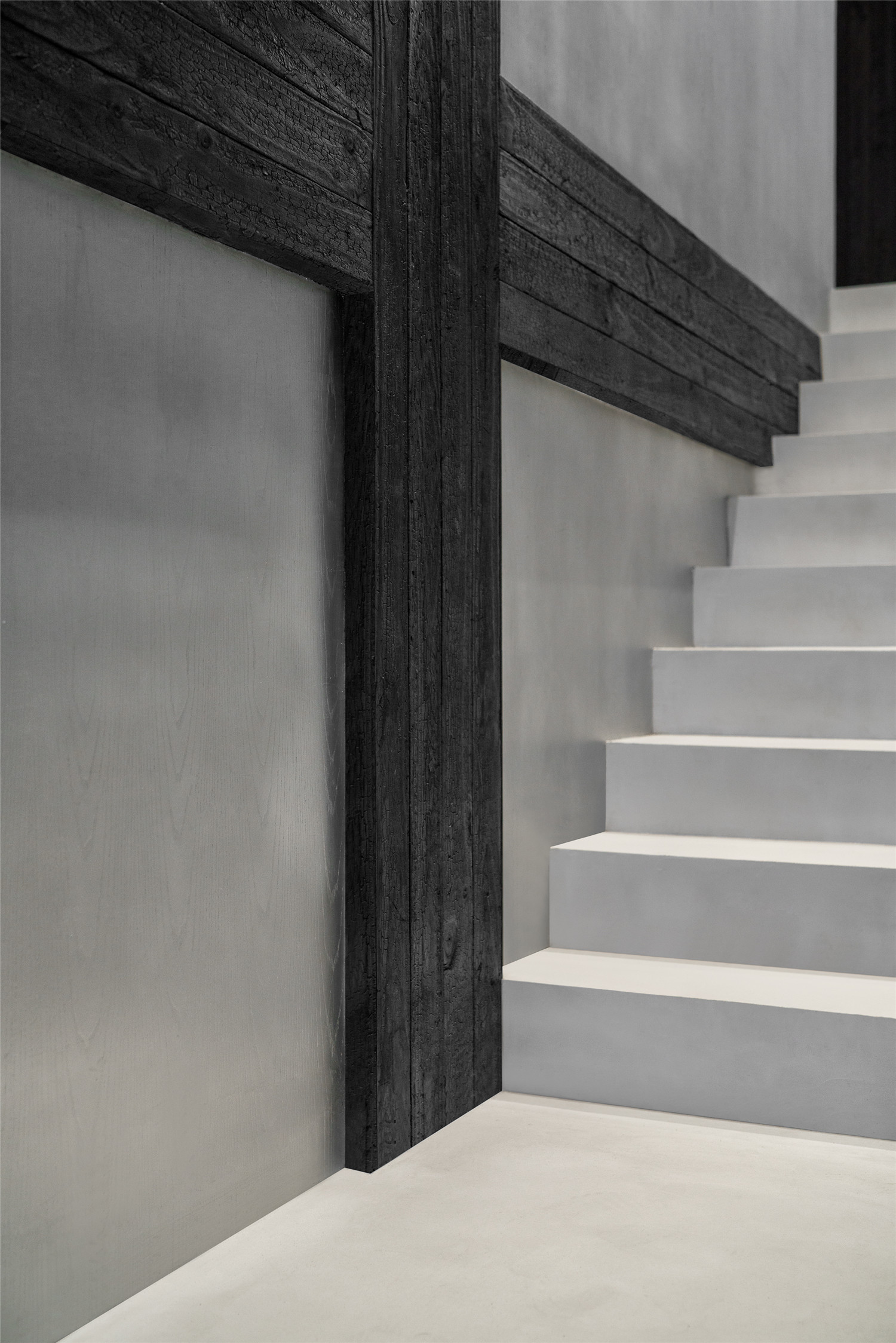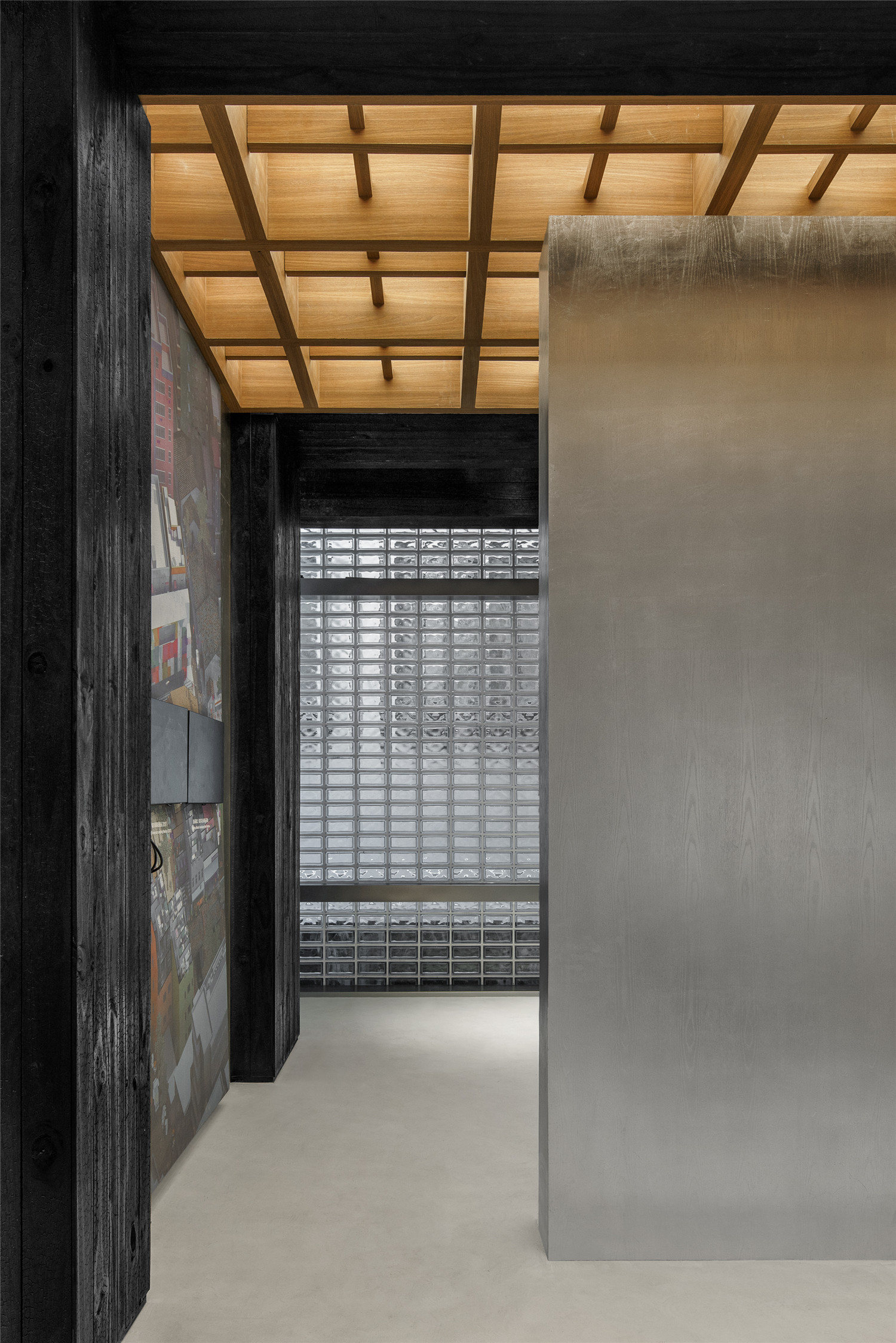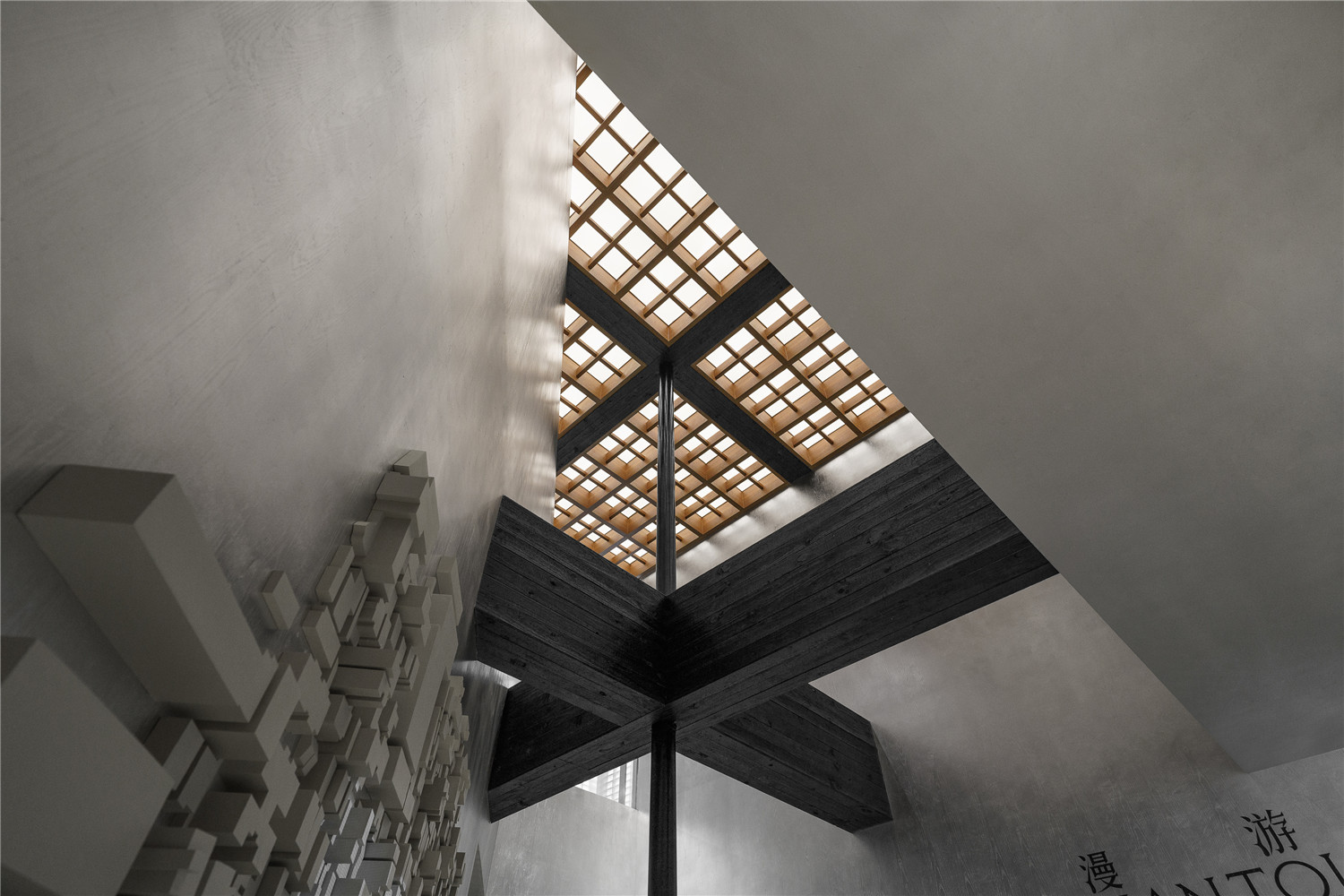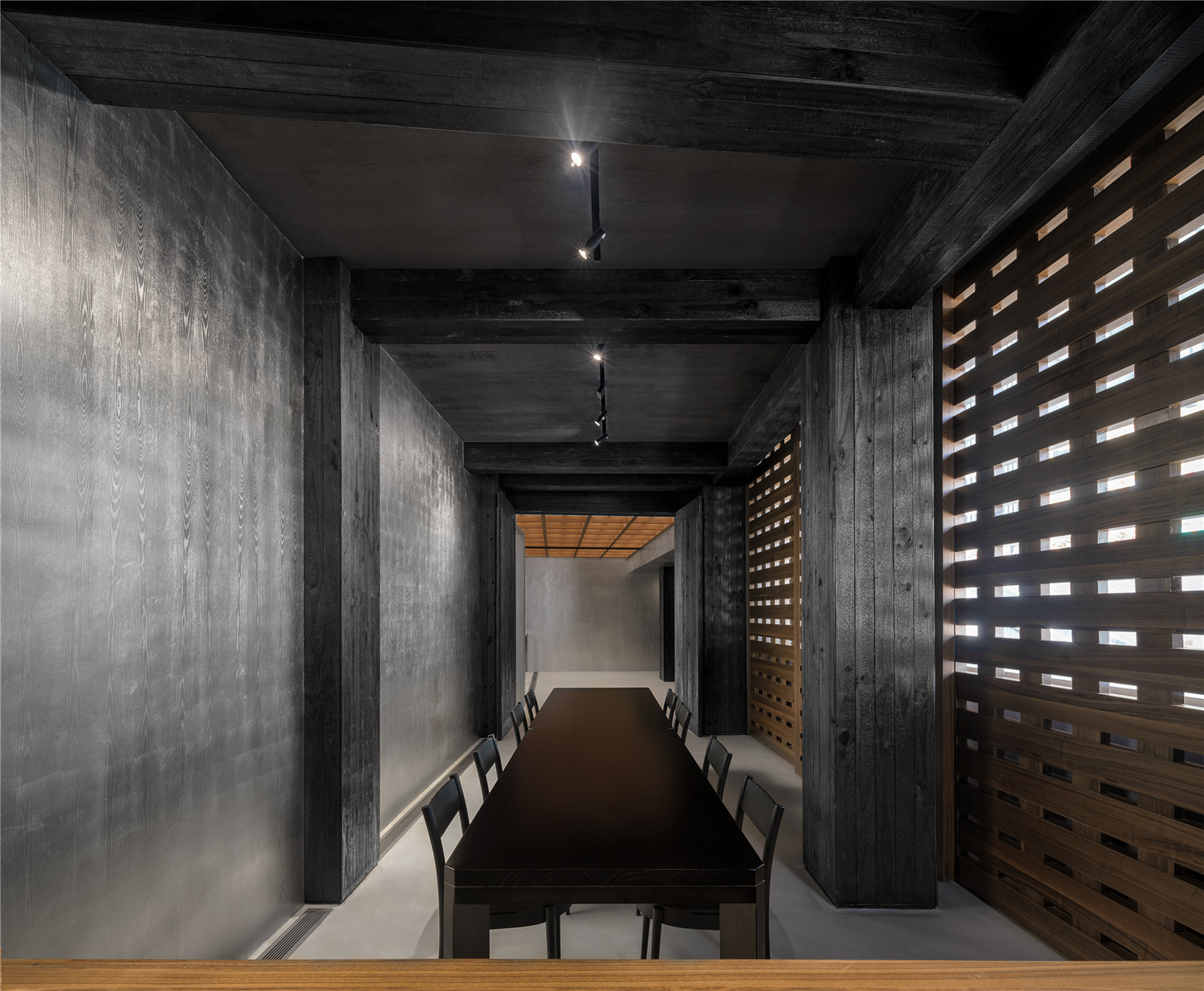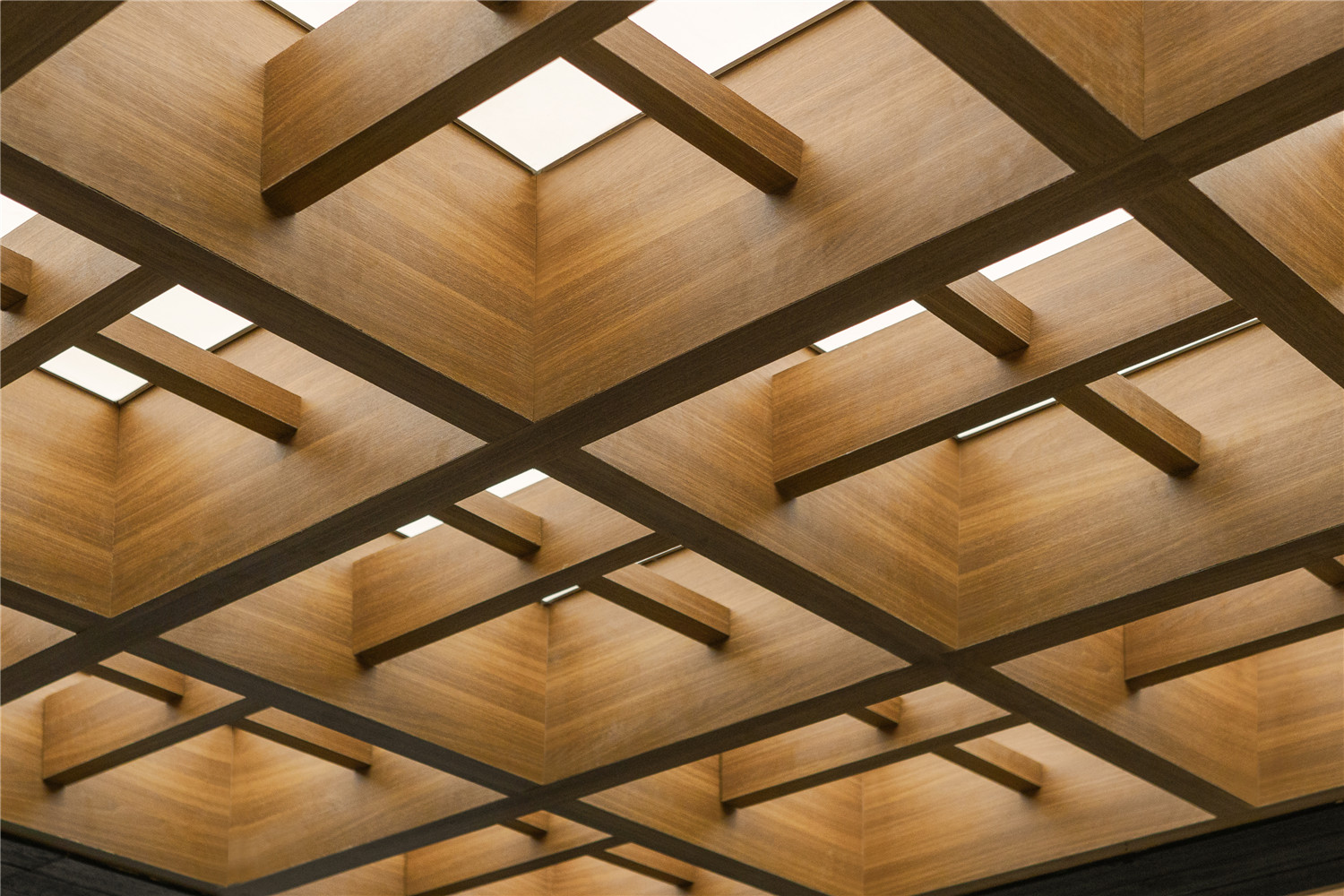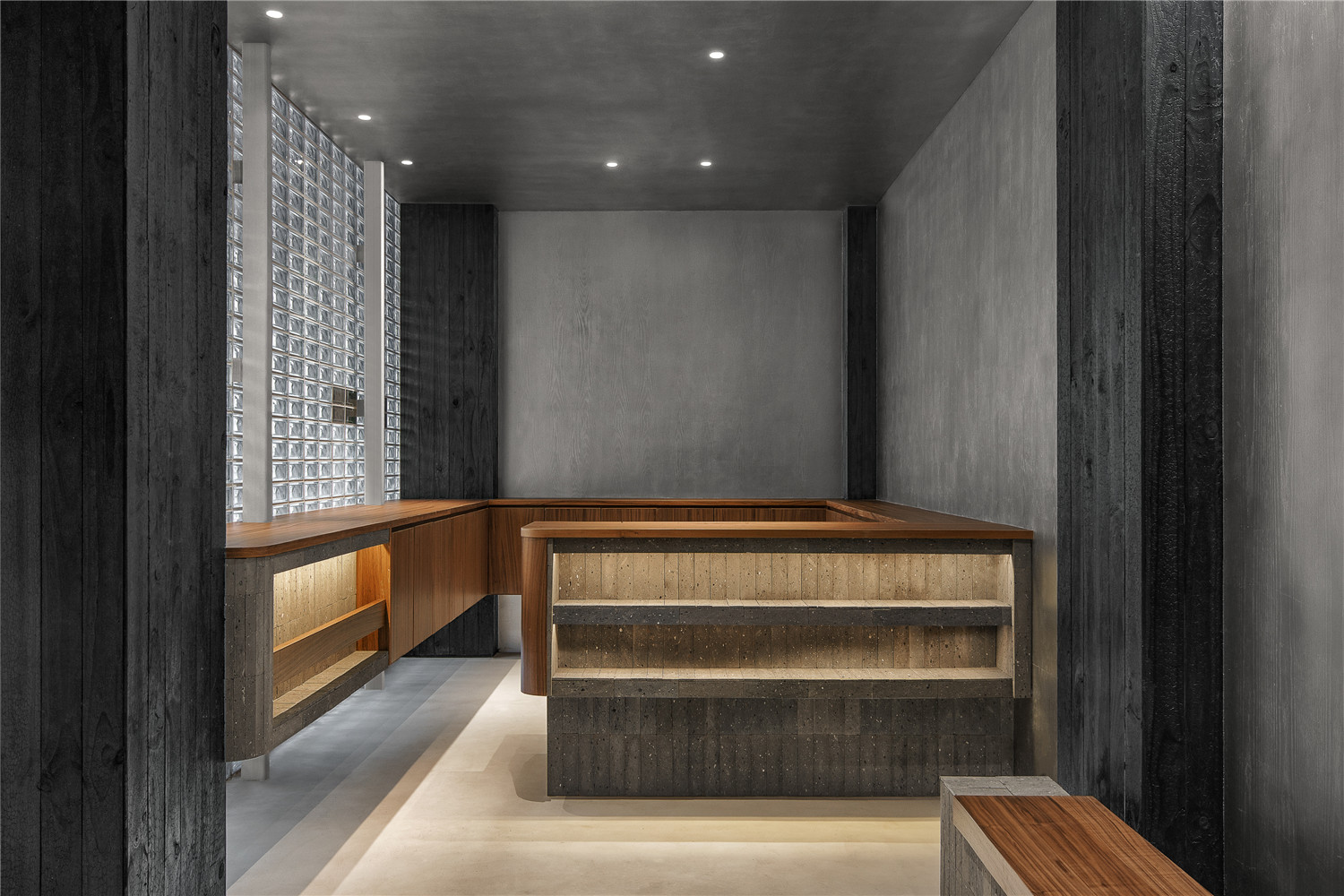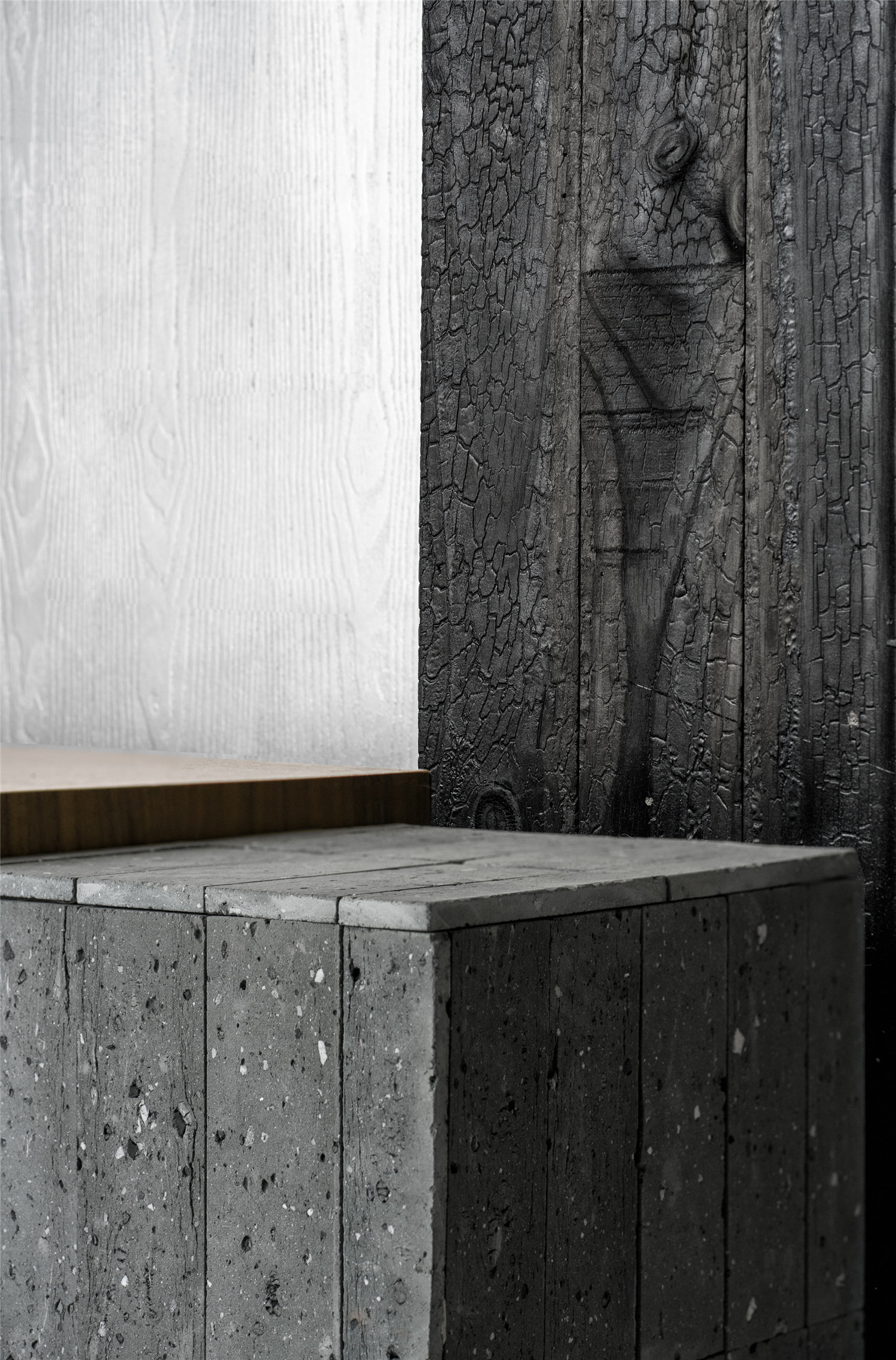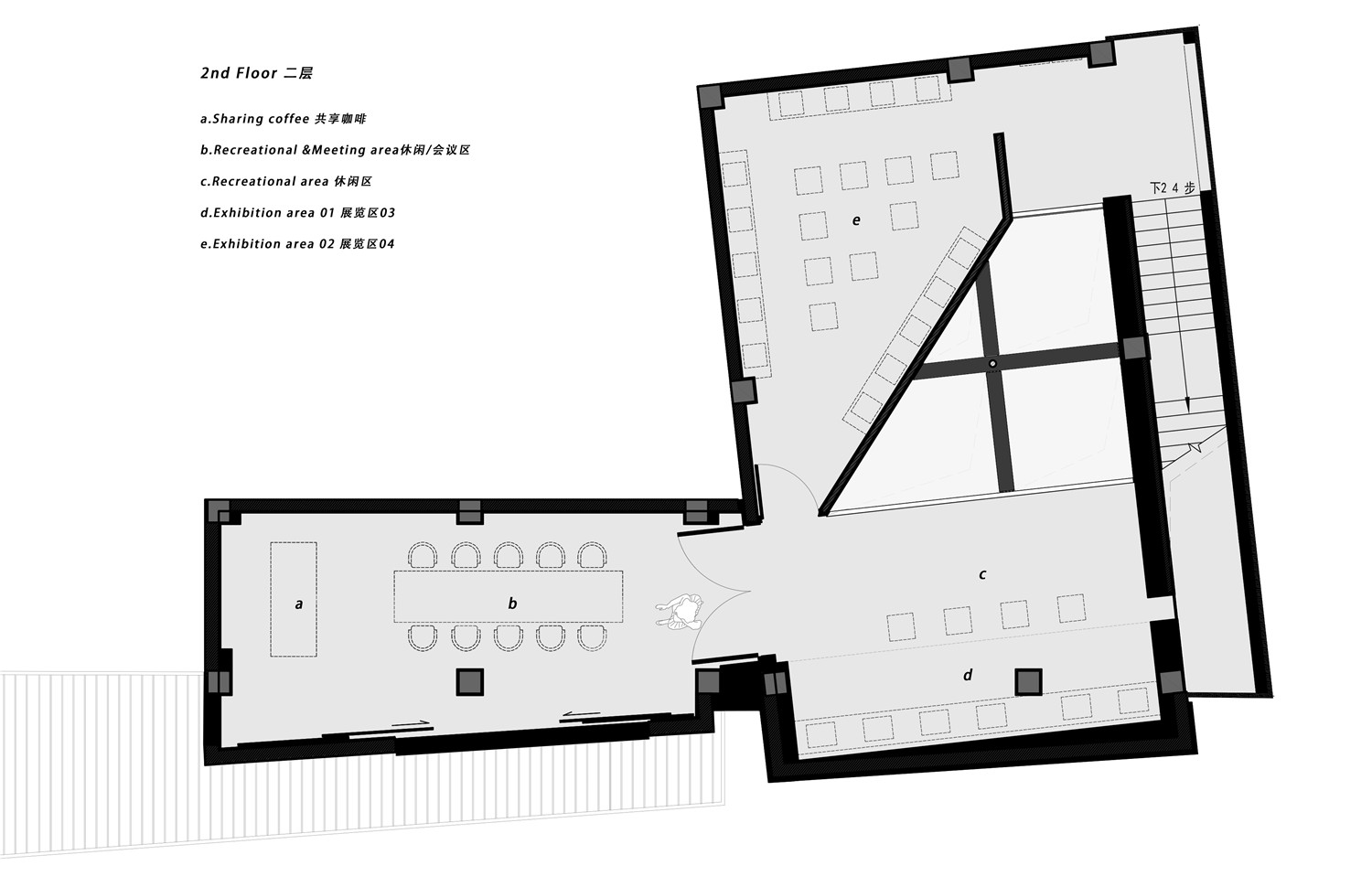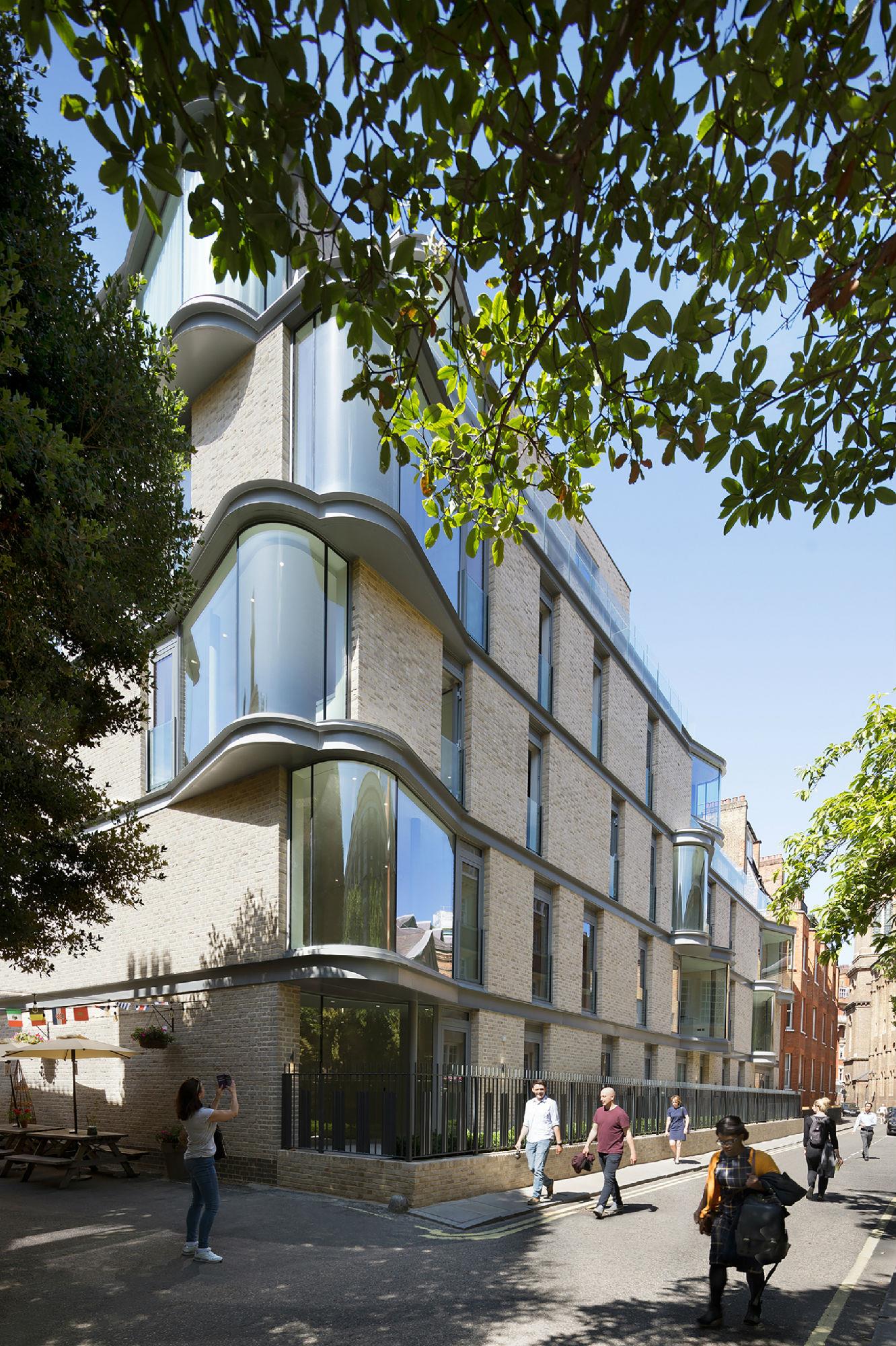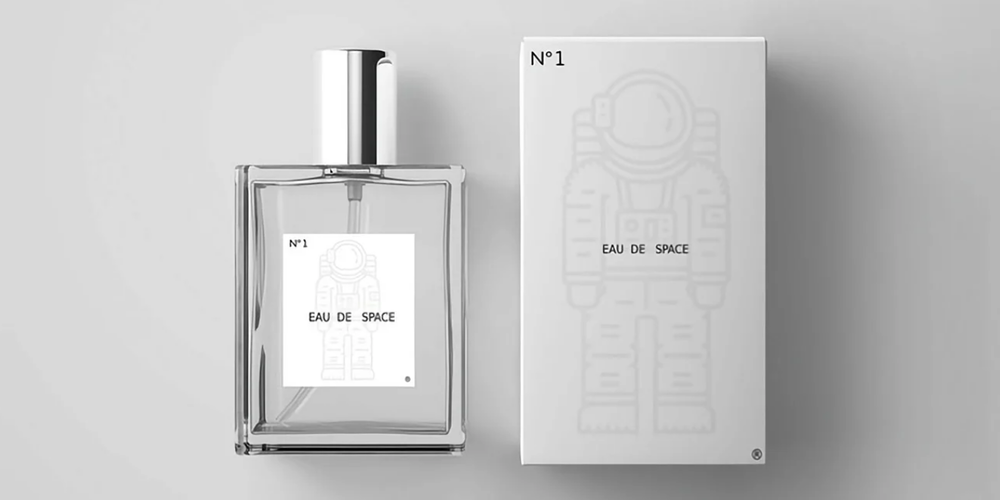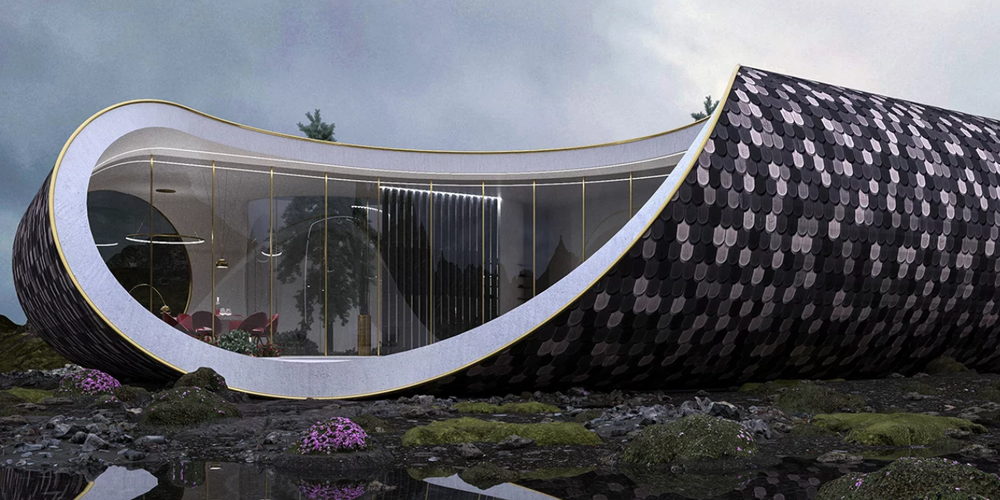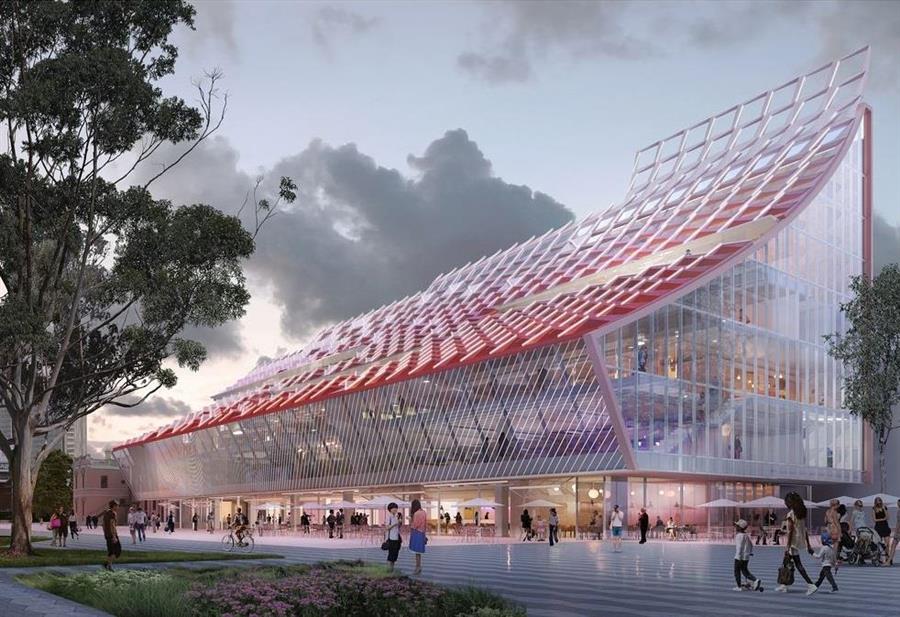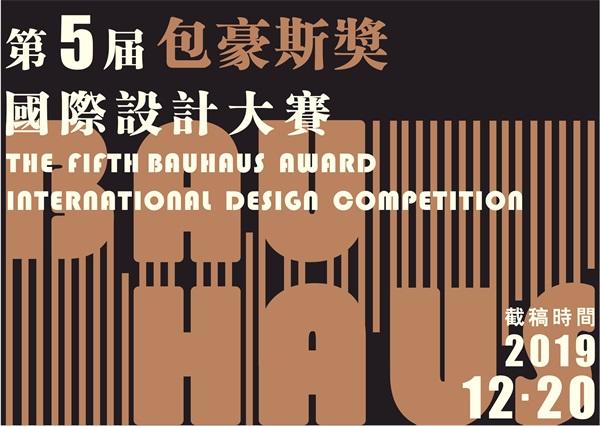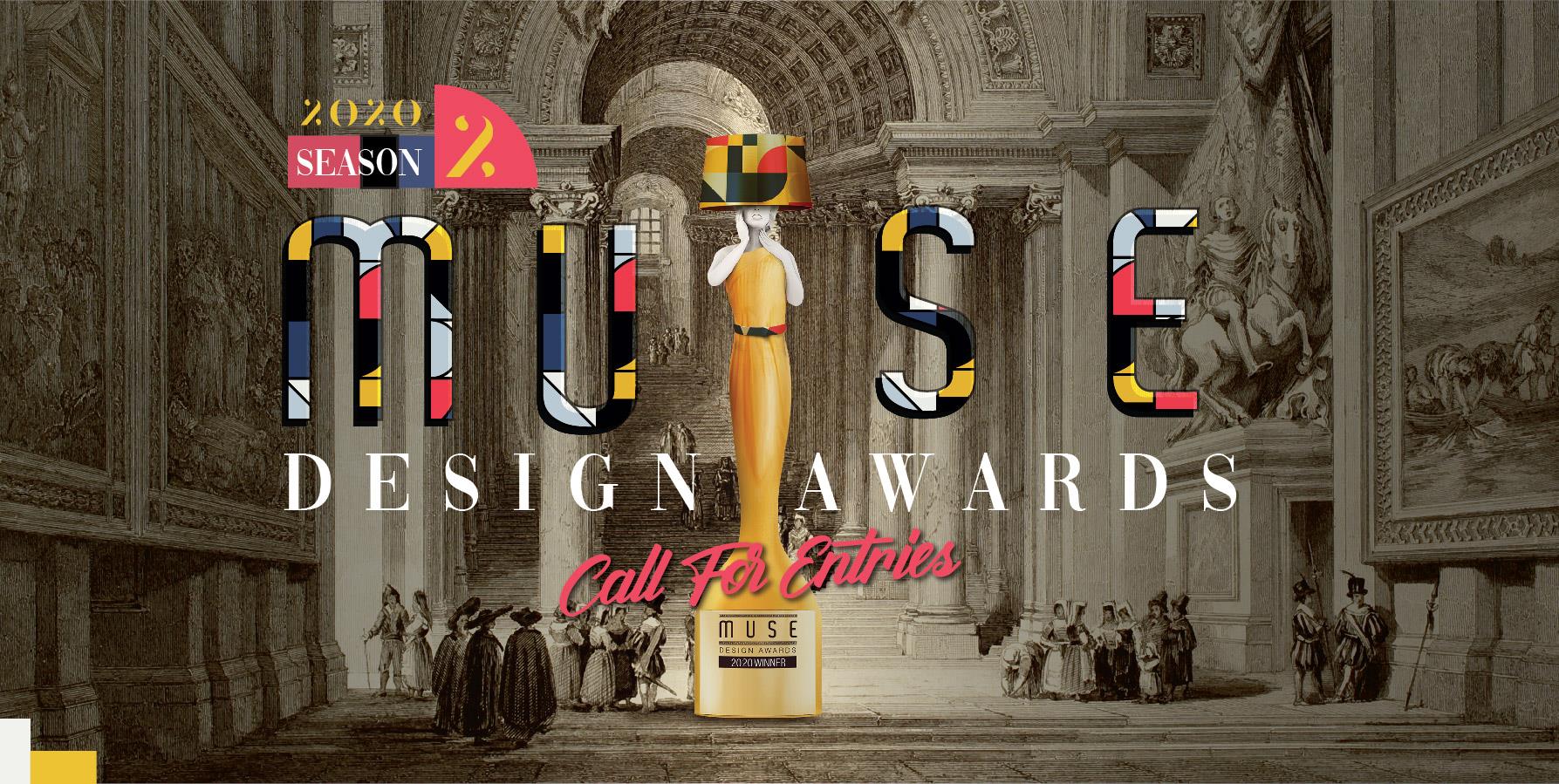南头古城-见证城市千年历史 Nantou Ancient Town— witness of the city’s history for millennia
传承千年文脉,重拾城市记忆,是南头古城街区改造升级项目的动心起念。万社设计Various Associates作为深圳本土新锐设计工作室,受邀参与此次由万科主导的古城改造集群设计,在项目先行示范段的南北街核心区,完成了一栋兼具复合功能和公共属性的“城市记忆展厅”。
Nantou Ancient Town Renovation and Upgrade is a project launched to inherit the historical context for more than a thousand years and recapture the memory of Shenzhen city. As a local emerging design studio, Various Associates was entrusted to participate in the cluster renovation of the Project led by Vanke. The studio has completed an “urban memory exhibition hall” in the core area at Nanbei Street — the demonstration section of the Project.
40年速度,千年深度40-year rapid development, thousands of years of history
南头古城,坐落于深圳南山区中心区域,见证着这座特区城市弹指40年间从“小渔村”跃升为国际大都会。但它沧桑悠远的另一面却少为人知。南头古城自晋朝以来已有近1700年历史,曾经是岭南沿海的行政中心和海防要塞,更是南越文化与中原文化相融的一个缩影。
Situated in the heart of Nanshan District, Shenzhen, Nantou Ancient Town has witnessed the rise of Shenzhen (China’s first special economic zone) from a small fishing village into an international metropolis in just four decades. However, its vicissitudes are rarely known. With a nearly 1,700-year history that dates back to Jin Dynasty, Nantou used to be the administrative center and a key sea defense fortress at coastal areas of Lingnan Region, and also the epitome of integration of Central Plains Culture and Lingnan Culture.
城市化的时代背景之下,千年古城如今演变成“都市里的村庄”,承载着城市新移民的安身立命之地。城中村像一个矛盾体,看似无序又充满生命力,万社设计尊重场地现状,同时追溯文化源头,以适应性更新策略为之赋予新的内容。
In the context of urbanization, Nantou has now become an “urban village” — a living quarter for new immigrants to the city. The “urban village” is a place of paradox, which seems to be disorderly but is full of vigor. Various Associates respected site conditions, traced the origin of culture, and tried to inject the new to the place via adaptive regeneration strategies.
当万社以设计介入时,原建筑体结构已完成,主体由三个不规则的历史建筑方块体连接而成,梁柱多且不规整。因时间及安全性的问题,设计方案不可更改原结构中楼梯及梁的位置。建筑体作为“综合服务中心”,是一处展示南头古城改造变化的信息地。在250平米的面积内需满足接待区、寄存处、监控区、办公室、洗手间、会议室、共享咖啡以及展览区域。
As Various Associates took on the design task, the architectural structures of this “urban memory exhibition hall” were completed. The building consists of three connected irregular historical blocks, which feature a great many beams and together constitute an irregular plane. Due to time limit and security considerations, the positions of stairs and beams in the building cannot be adjusted. The building functions as a comprehensive service center, and also an information center that exhibits the renovation and changes of Nantou Ancient Town. Within 250 square meters, it needs to accommodate a variety of functional spaces including reception area, depository area, office, washrooms, meeting room, shared coffee area and exhibition space.
万社在极有限的条件下,首先考虑的是如何“破局”-打破现有单一的游览动线及空间限制,拉动上下人流贯通,展示空间自身个性的同时保持内敛现代的中式空间调性。
Under restricted site conditions, Various Associates firstly considered how to break the existing single visiting circulation as well as spatial limitations to link up human flow on the two floors, and how to endow the space with a distinct identity while maintaining a low-profile yet modern Chinese-style spatial ambience.
一墙之内,游廊浮梦 Twisting corridor inside the walls
设计灵感源自岭南建筑及园林中的游廊,通过连接两个或多个独立建筑物的曲折回环的轴线式布局,在有限的围合空间中营造无限之域;也是游人停留、休憩、观赏的空间。与此场地承载的功能如出一辙。
Drawing inspiration from verandas in Lingnan traditional architectures and gardens, the design team intended to create a zigzag corridor to connect the architectural volumes and produce an endless realm within the limited enclosed space. The corridor also serves for resting and display, which is consistent with functions of the entire space.
首先的措施是在固有的平面植入了一面通高的斜墙,通过斜墙创造出独特的空间感,并且以斜墙开启了一个三角的通高中庭,拉动上下两层的空间关系及形成趣味性的观展动线。
A full-height inclined wall was inserted into the fixed plane, in order to create a unique sense of space. Besides, the slanting wall helps to shape a triangular double-height atrium, which links up the two floors whilst forming a fun visiting circulation route.
中庭正中间保留了原始的结构梁,予以炭化木自身独有的自然粗旷与天花的理性排列的木纹格子结合,以一种中式且现代的空间力量及仪式感形成空间结构特色。
The design team retained the original structural beams in the middle of the atrium, and endowed them with unique natural rustic textures of charred wood. The beams, together with the orderly wooden ceiling grid, generate a Chinese-style yet modern spatial quality, a sense of ritual and unique structural characteristics.
叠造共生,融入街区 Superposition, coexistence and integration into the street block
对材料和颜色运用素来“大胆”的万社设计,在本案中选择了更精微而中和的处理方式,粗犷的材质与低度的用色从外立面延续到混凝土结构内部。
Various Associates is always bold in material and color treatments, while this time the team adopted a more subtle and neutral approach, with rustic material textures and low-saturation hues extending from the facade to the interior of the concrete construction.
空间内主要使用了灰砖及木头-两种中式建筑的标志性材料。以不同的组合、及质感碰撞展示自身在传统及现代中的变换。青砖、柚木、炭化木,这些材料的自然纹理隐现时间的印记,与场地散布着的古城墙无声对话。
The material palette of the interior space mainly consists of gray brick and wood — two typical materials of tradition Chinese architecture. With different combinations and textural collision, the materials show their evolution in traditional and modern context. Gray bricks, teak wood and charred wood carry the trace of time via natural grain, and dialogue with the old walls scattered at the street block.
银箔这种传统材料并未直接的大面积使用在空间内,而是与木饰面作贴合成为带有木纹肌理进化版“银箔”,中和了炭黑色木及天花矩形阵列设计语言下的肃穆、及理智。使整个空间质感更加的柔和且温暖。
The traditional material silver foil was not applied to large areas of the space. Instead, it was attached to wooden veneers to form an updated version of “silver foil” that features wood grain. It neutralizes the sense of solemnity and rationality generated by charred wood and the orderly matrix of the ceiling, while also adding a soft and warm touch to the entire space.
除了运用游廊整个概念的自身动线特色外,游廊还讲究景观与自然天光贯通,形成天然的展示空间。以天井光来揭示空间的层次,从而达到传统岭南园景中的开敞,层次变化丰富的空间效果,将传统意蕴,来当代表达。正如空间中的景观-“展览”与天花光影共存,而使空间的空间体验感具备更多的层次感。
Apart from functioning as a unique circulation, the corridor also pays attention to the connection to landscape and natural light, to form a natural exhibition space. Natural light that filters in the atrium via the grid skylight reveals the layering of the space, and produce openness and rich visual changes, which echoes the spatial effects of classical Lingnan gardens with modern design languages. The landscape and exhibition in the space coexist with light and shadows from the ceiling, hence providing varying and rich spatial experiences.
客行流线循廊推进,随空间上下关系而起伏,狭长的通道使视野受到压缩,留有格窗透光,虚实结合。挑空区如柳暗花明,形成先抑后扬的空间对比,丰富了体验的层次与趣味。
The visiting route extends along the corridor, and shows an undulating form based on the vertical relationship of the two floors. Considering that the long and narrow passage restricts the field of view, Various Associates set a grille skylight, which brightens the area and obtains the integration of solidness and void. The double-height area then suddenly opens up the view, which forms a contrast with the narrow passage, together enhancing the sense of layering and playfulness of the space.
曲折回环的动线与独特的三角银箔空间、木纹格窗透光天花形成独特的空间符号
Twisting circulation, unique triangular space finished with silver foil, and the skylight featuring wooden grid, are unique symbols of the space.
透亮干净的玻璃砖的立面材料隐约的透射着外面的色彩,理性的十字结构框架语言使空间语言趋向统一。
Parts of interior surfaces are composed of translucent glass bricks, which reveal outdoor hues indistinctly and help unify the spatial languages via the rational cross patterns.
共享咖啡、展览区、休闲区、会议室,各个功能有序整合在两层空间中,联以回廊走道。矩阵式的空间序列穿插组合,木格栅天窗回应天井形制,交叉咬合的十字体块与斜切的片墙以不对称布置打破整体基调的克制,犹如这一村城混搭产物自由延展的街巷生态。
Functional spaces for shared coffee, exhibition, leisure and meeting are orderly configured and linked up by corridors and passages. Matrix-featured spatial order is interpenetrated and combined, and the wooden grille skylight echoes the form of atrium. In addition, the cross-shaped structures and the slanting wall break the overall restrained spatial tone via the asymmetrical arrangement, which resonates with the freely extending street-and-lane-style layout of this space — a mixture of village and city.
以结构的干涉语言,在有限的场地条件下引导及丰富场内人流动线;以材料及细节设计给予项目自身的特性;万社一如既往的关怀项目背后的人文及需求。南头古城此次的改造,在万社看来,意为结合当代的文化,激活社区的活跃度,将千年历史的地区文化符号化为大众所能接受并喜爱的进阶性的地标。以设计手法更新传统材料予人的“年代感”“单一感”是此次设计的重点之一。万社始终推崇推陈出新,传统韵味当代表达。
Various Associates enriched the circulation routes through structural interventions, endowed the project with its own identity via materials and details, and paid attention to cultural context and demands behind the project as always. The studio sees the renovation of Nantou Ancient Town as an attempt to activate the community based on contemporary context, and to transform local culture for more than a thousand years into a popular upgraded landmark. In this project, one of the key points that the design team focused on was to update the “sense of age” and “simple image” of traditional materials by design approaches. As the studio always tries to bring forth the new through the old, and seeks for modern expression of the traditional.
项目信息——
委托方:万科城市研究院
地址:深圳南头古城
状态:完成于2020.08
设计团队:万社设计
项目负责人:林倩怡
设计团队:杨东子、李诗琪、李泽兵、林志超、邓寓文
摄影师:郑航天
总顾问:万科城市研究院、万路
策展:CABLE
展陈设计:梓集
视觉设计:United Design Lab
多媒体:iPattern
建筑设计:深圳市博万建筑设计事务所
参展机构:万科城市研究院、万路、非常建筑、迹·建筑事务所、都市实践、众建筑、竖梁社、集合设计、南沙原创、厘米制造、武重义建筑事务所、一十一建筑、梓集、CABLE、iPattern、沈瑞筠、李涛
Project information——
Client:Urban Research Institue of China Vanke
Location:SHENZHEN Nantou
Status:Completed Aug, 2020
Design team:Various Associates
Project leader:Q Lin
Design team:Dongzi Yang、Shiqi Li、Zebing Li、Zhichao Lin、Yuwen Deng
Photographs:Bruce Zhen
General consultant:Urban Research Institue of China Vanke、vaLue
Curator:CABLE
Exhibition design:fabersociety
Visual design – United Design Lab
Media:iPattern
Architecture design:Bowan Architecture
PARTICIPANTS:Urban Research Institute of China Vanke、vaLue、Atelier FCJZ、TAO、URBANUS、MVRDV、People’s Architecture Office、Atelier cnS、INCLS、Nansha Original DEsign、CM Design、VTN Architects、11 Architecture、fabersociety、CABLE、iPattern、Ruijun Shen、Tao Li







